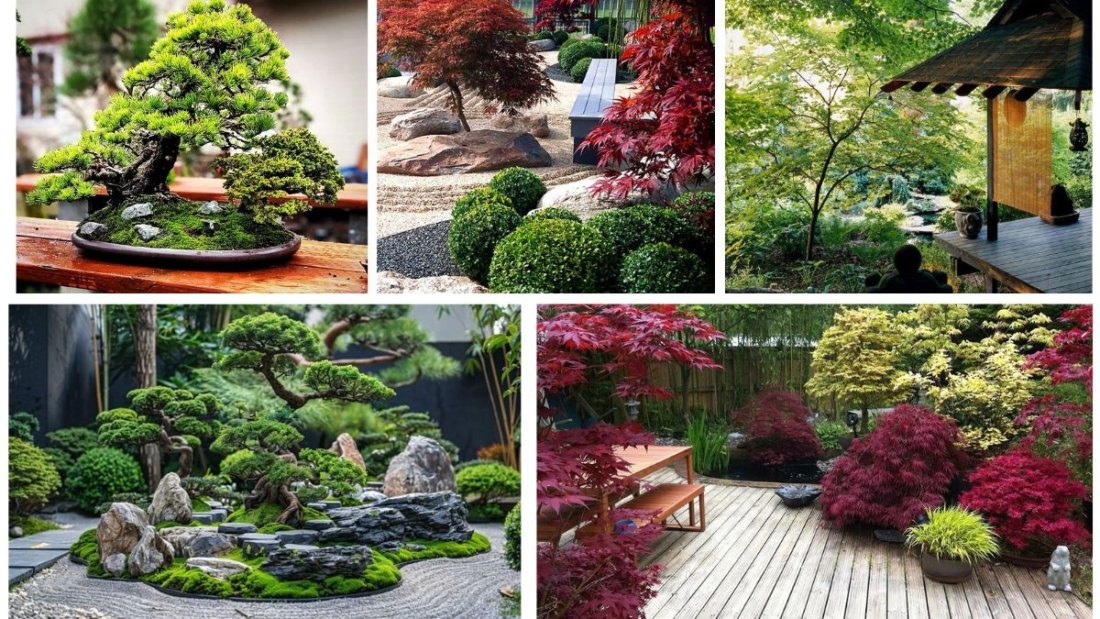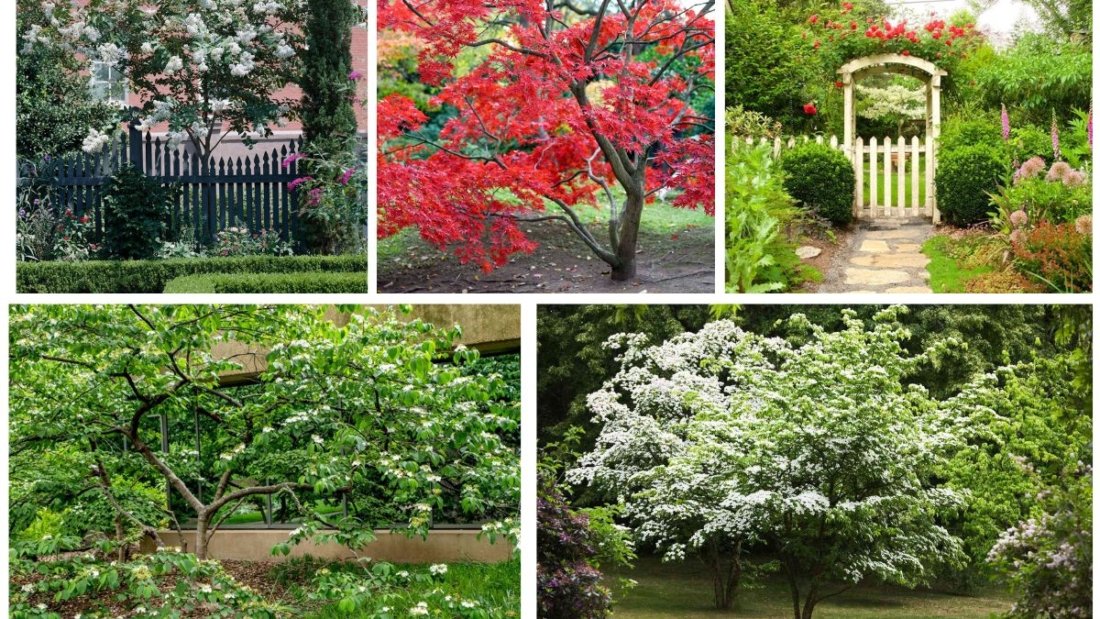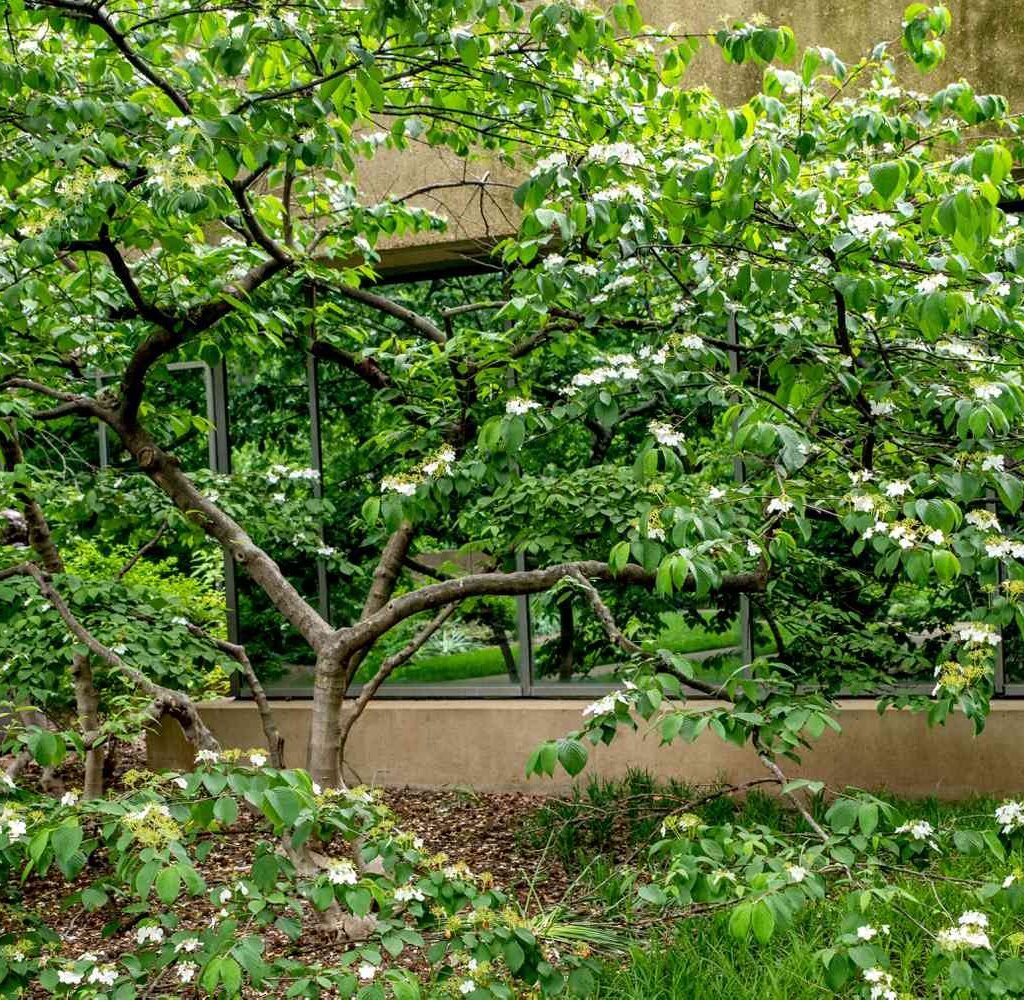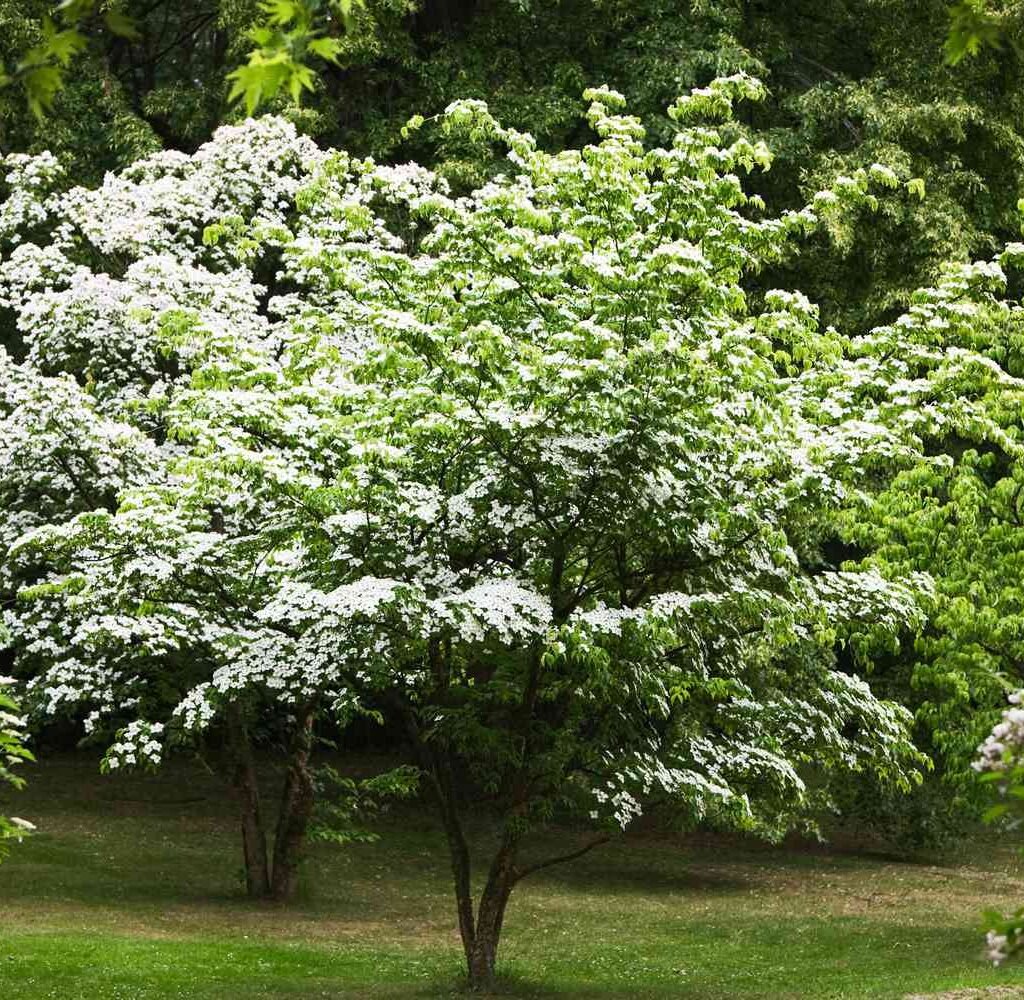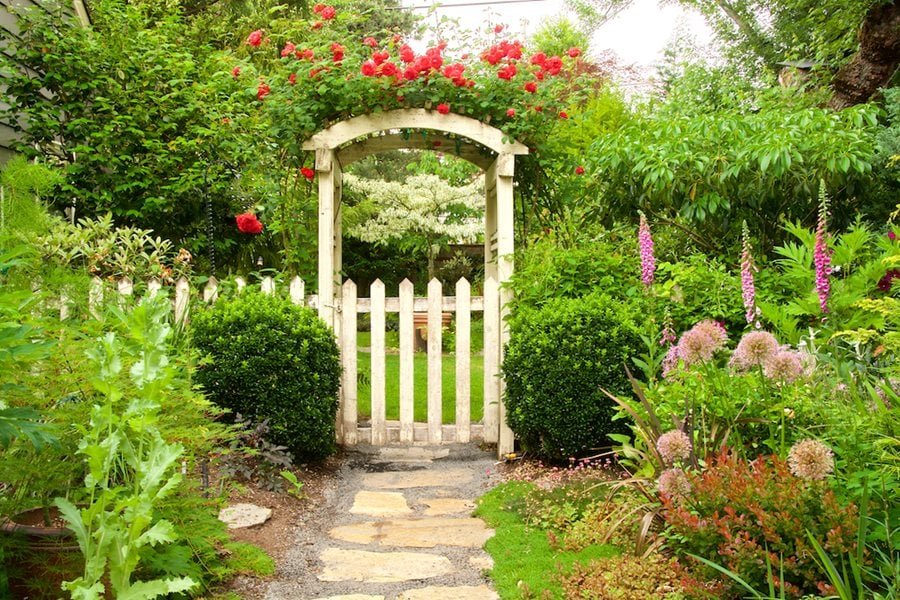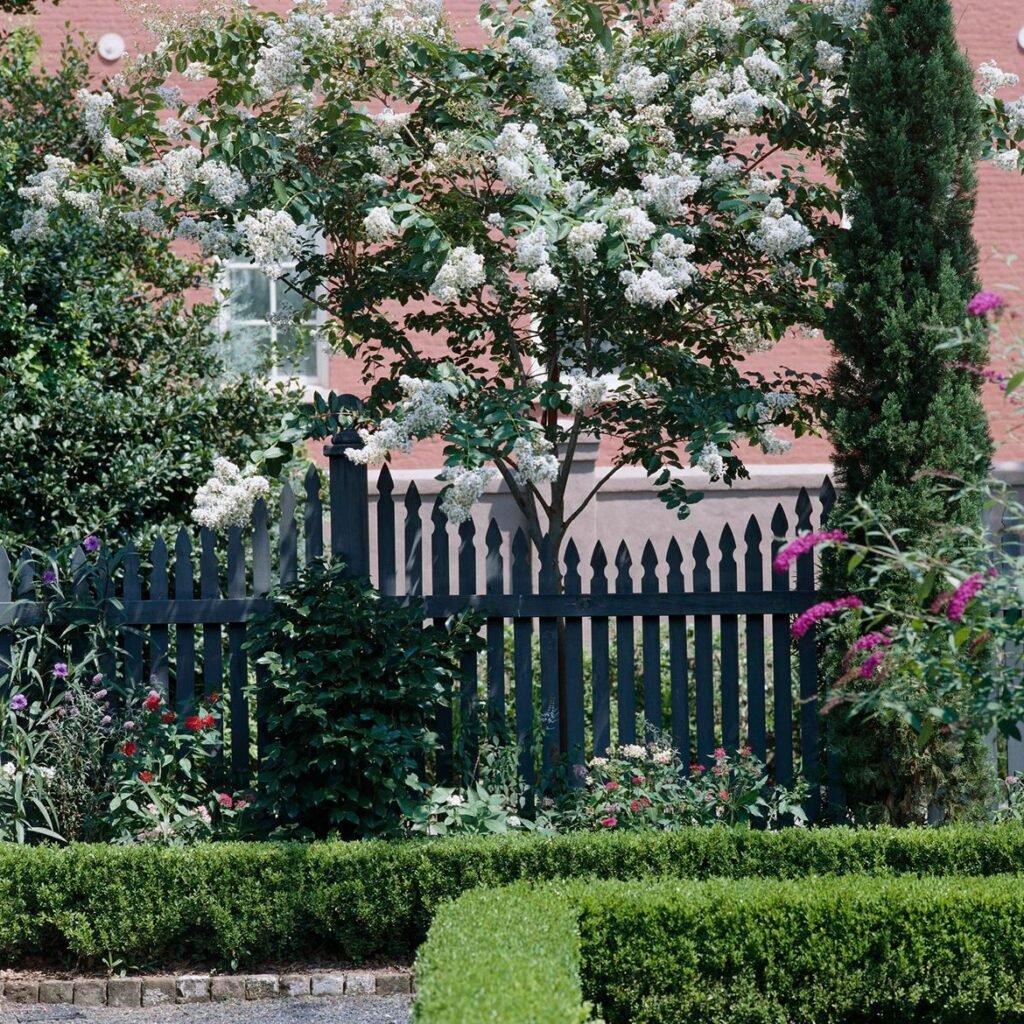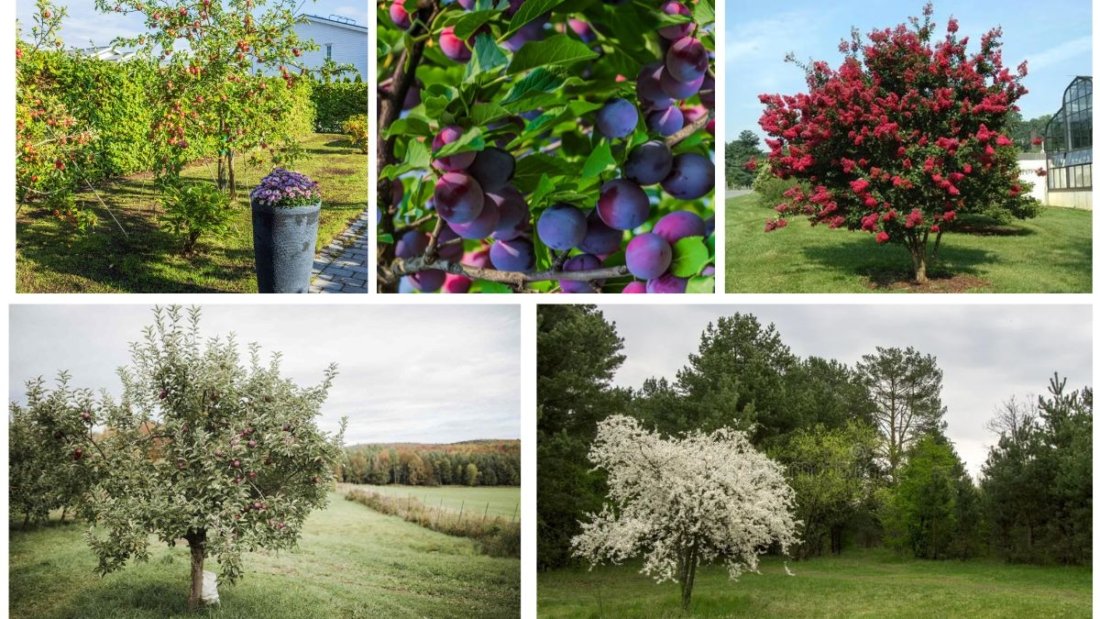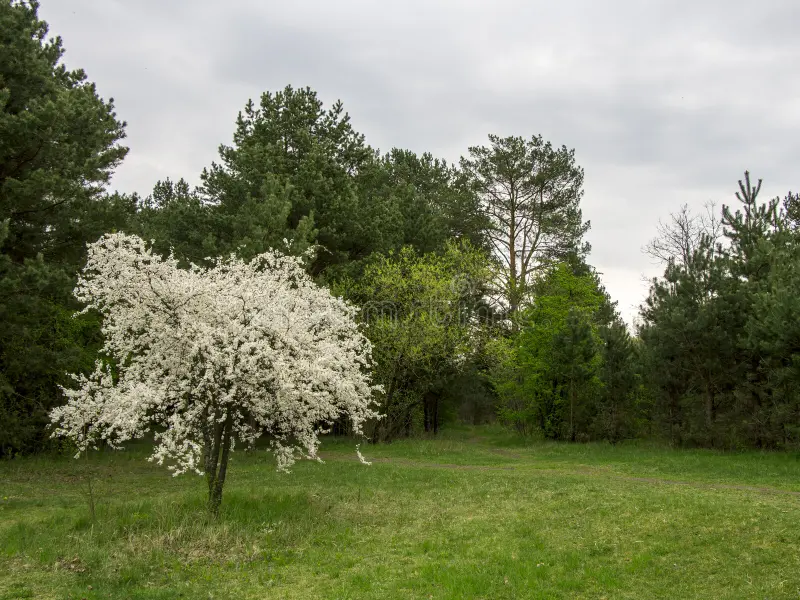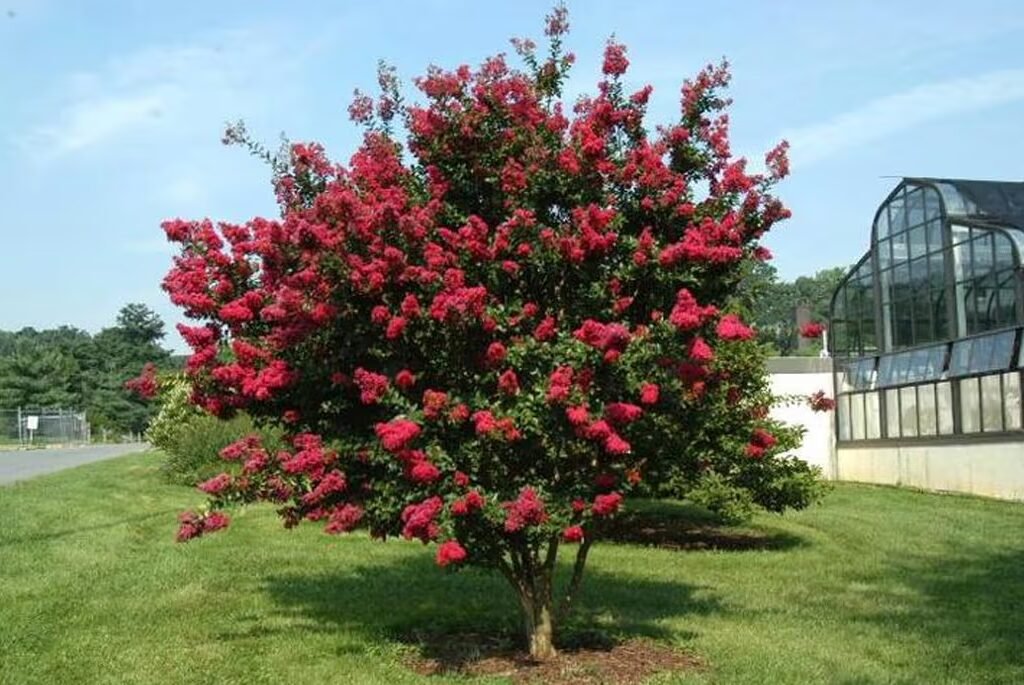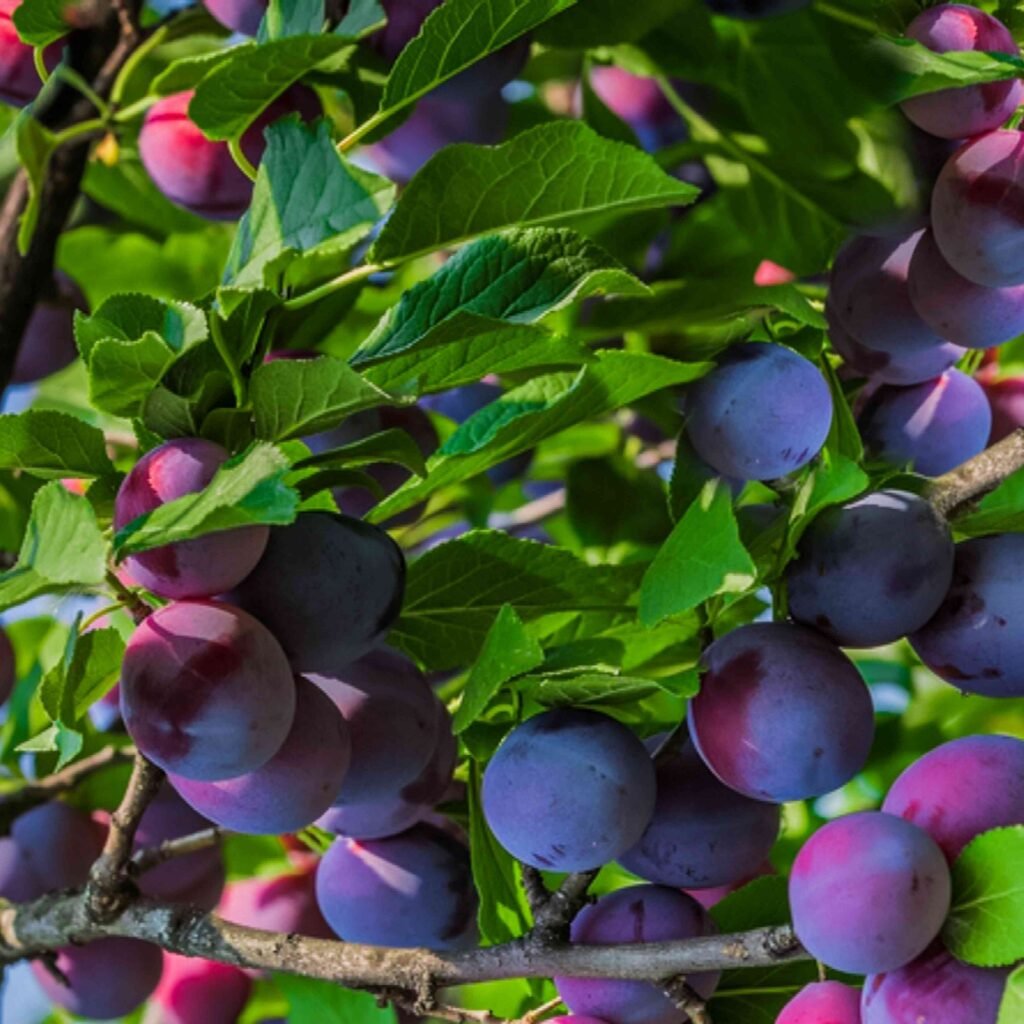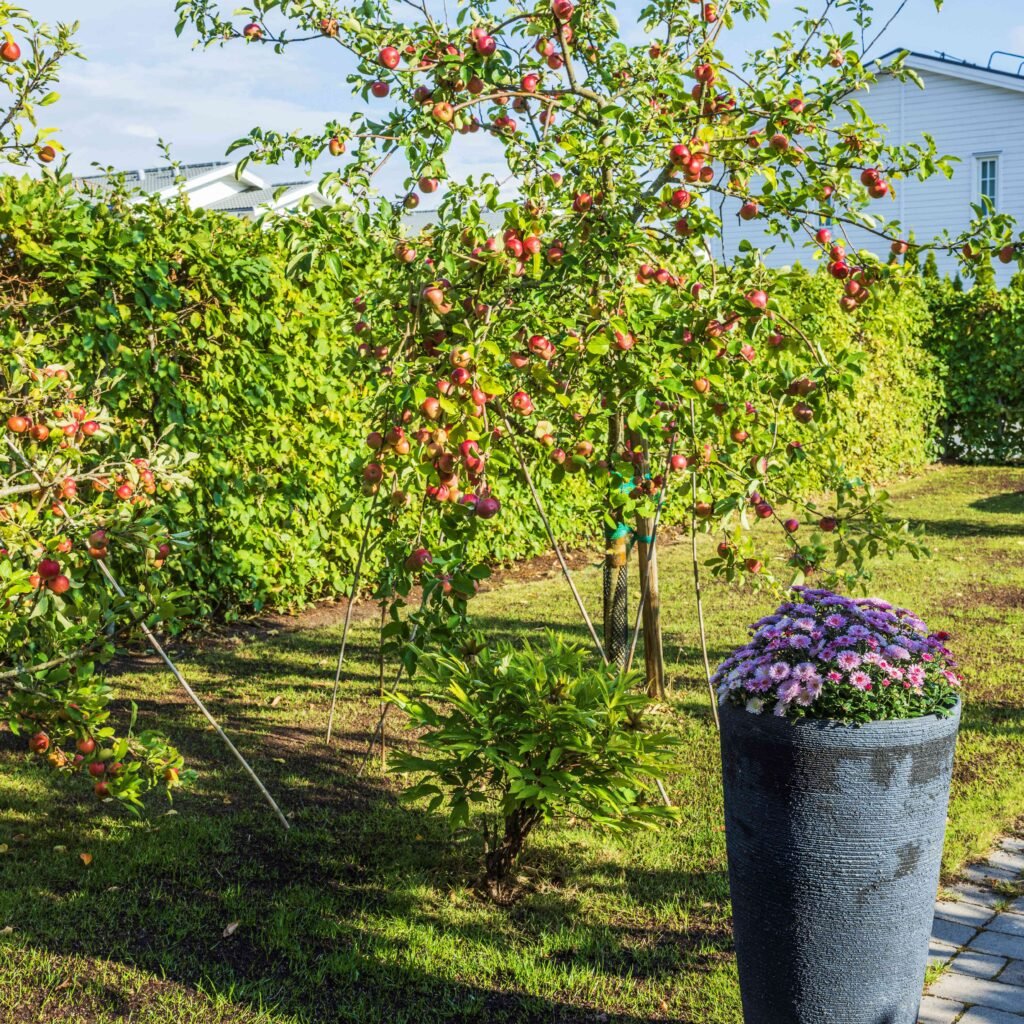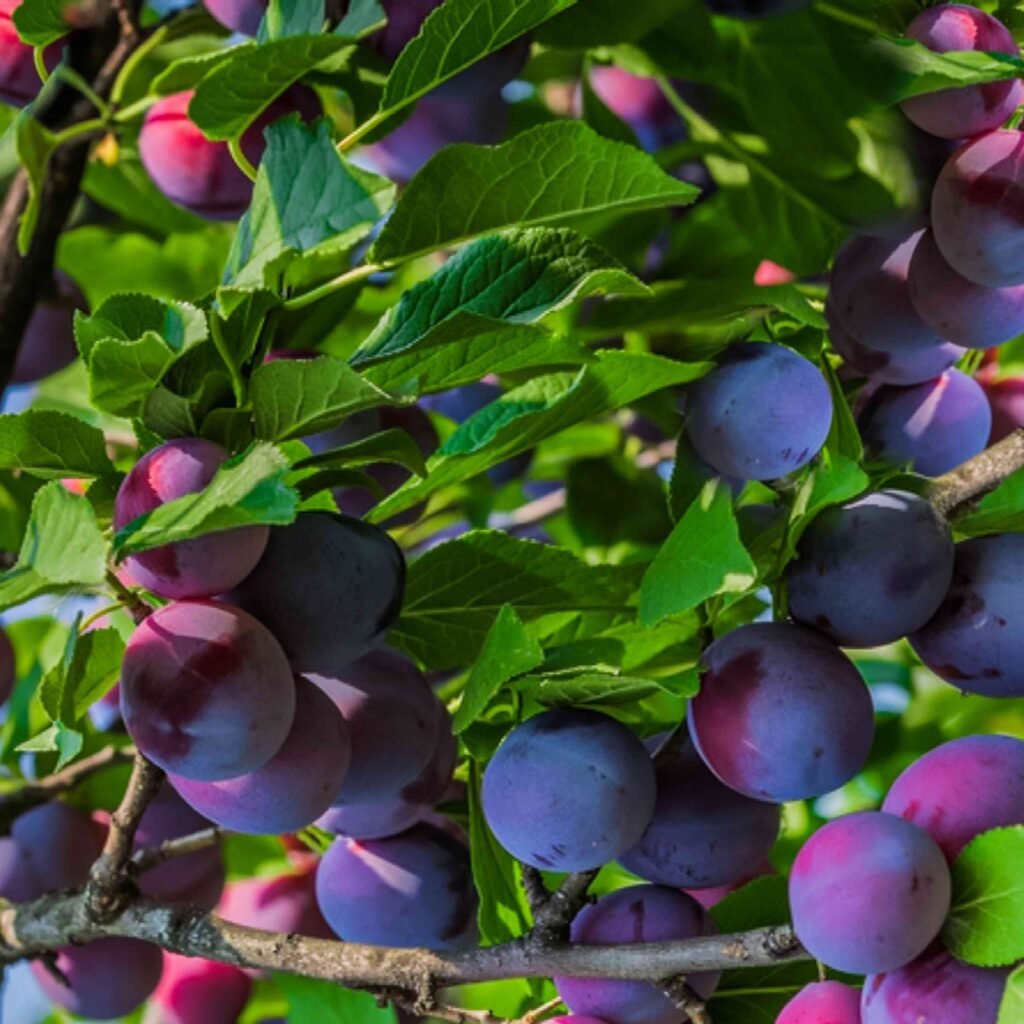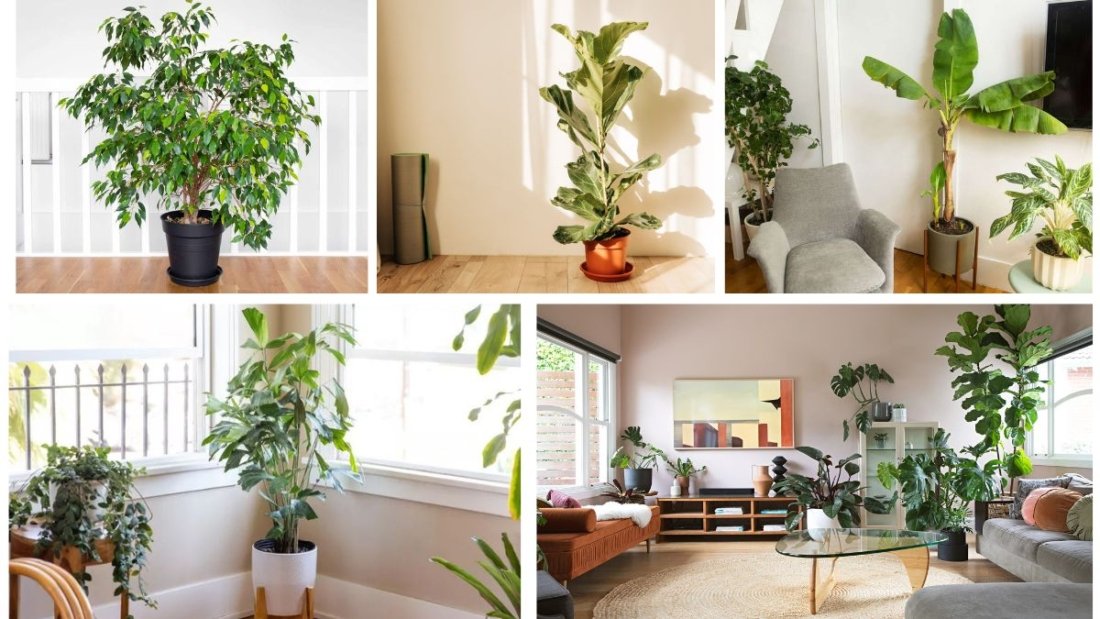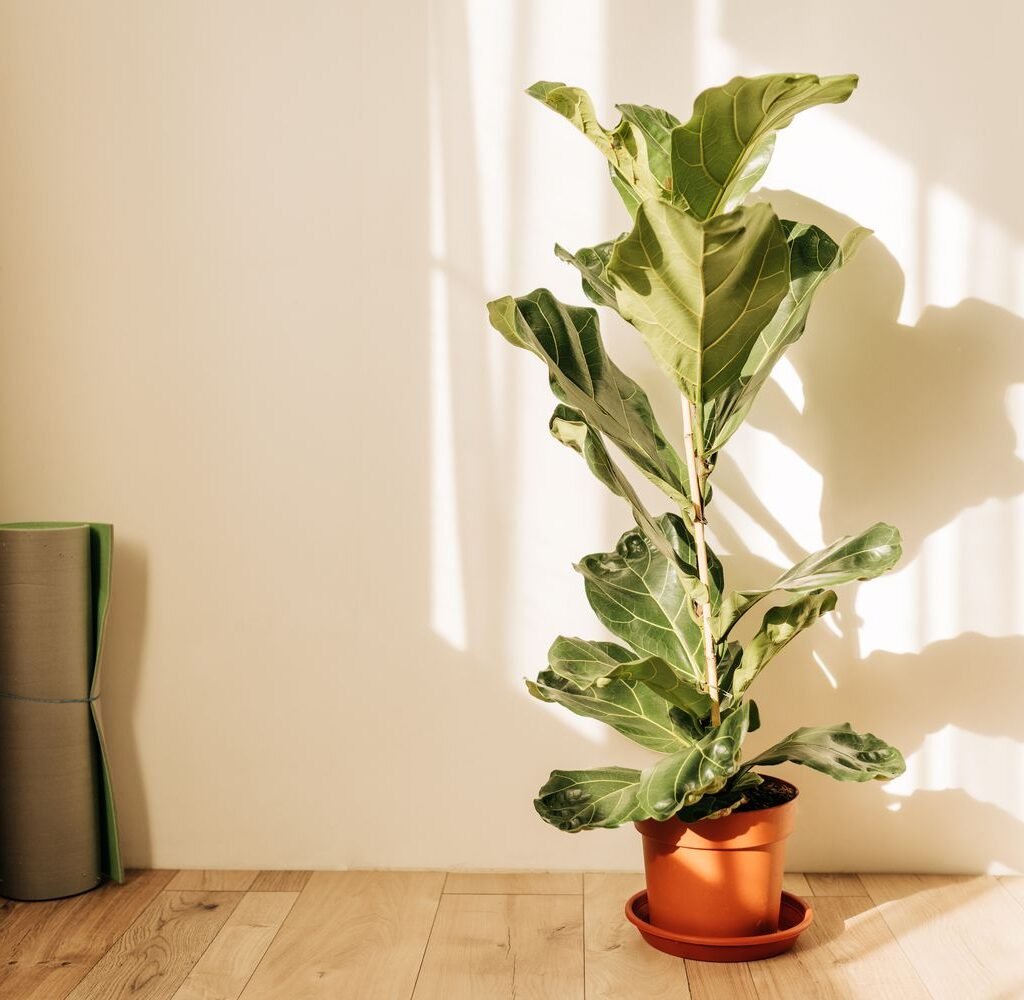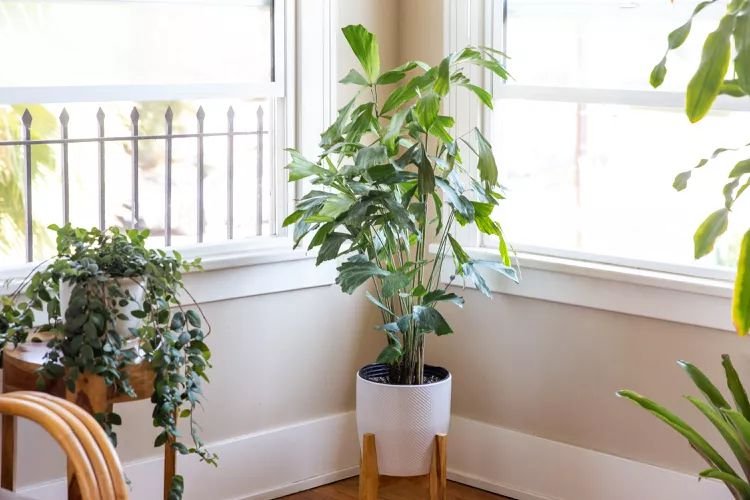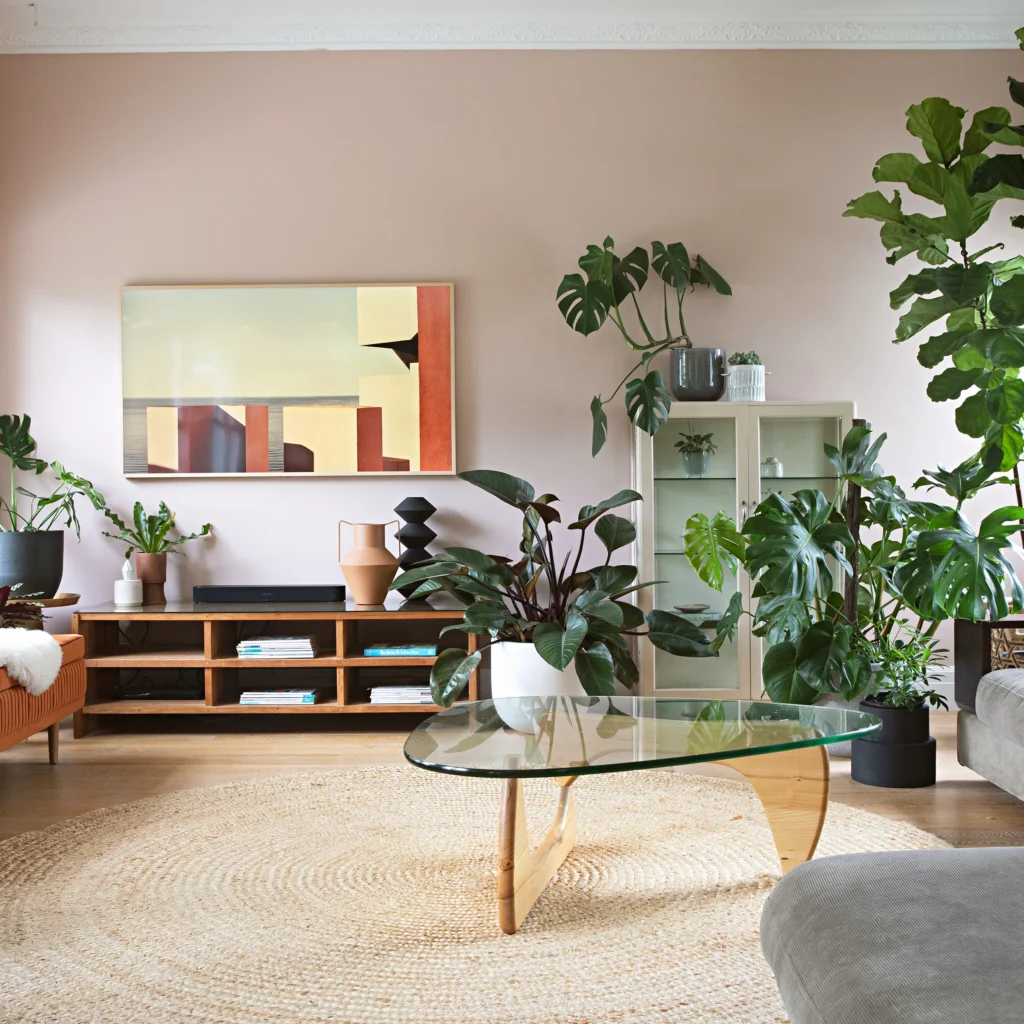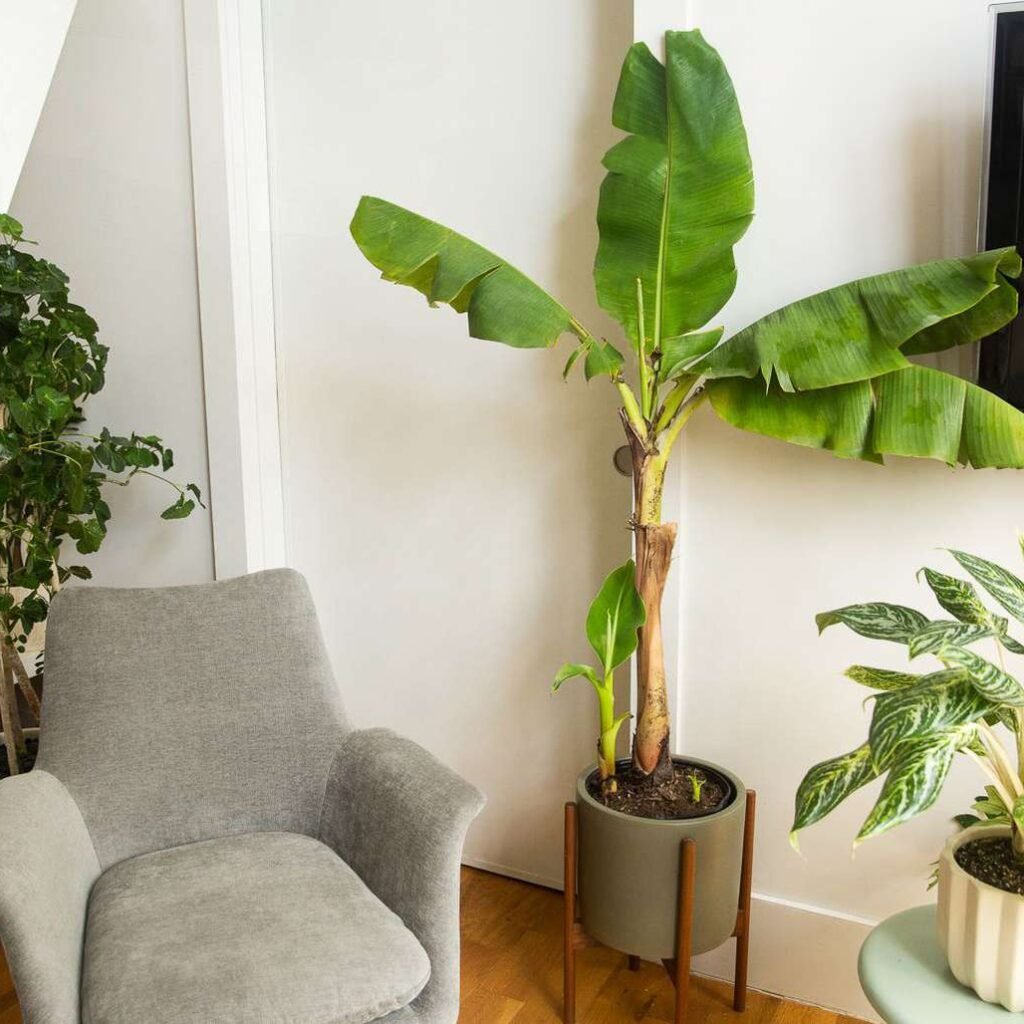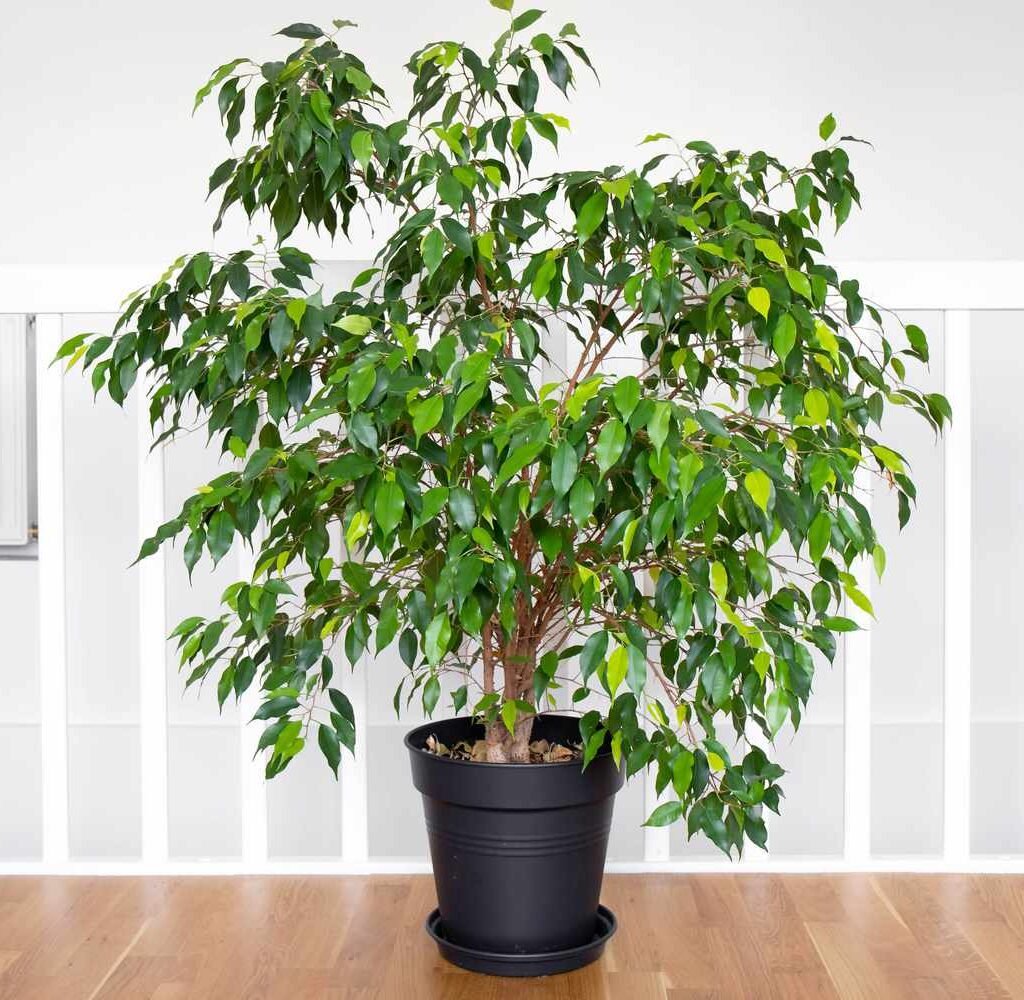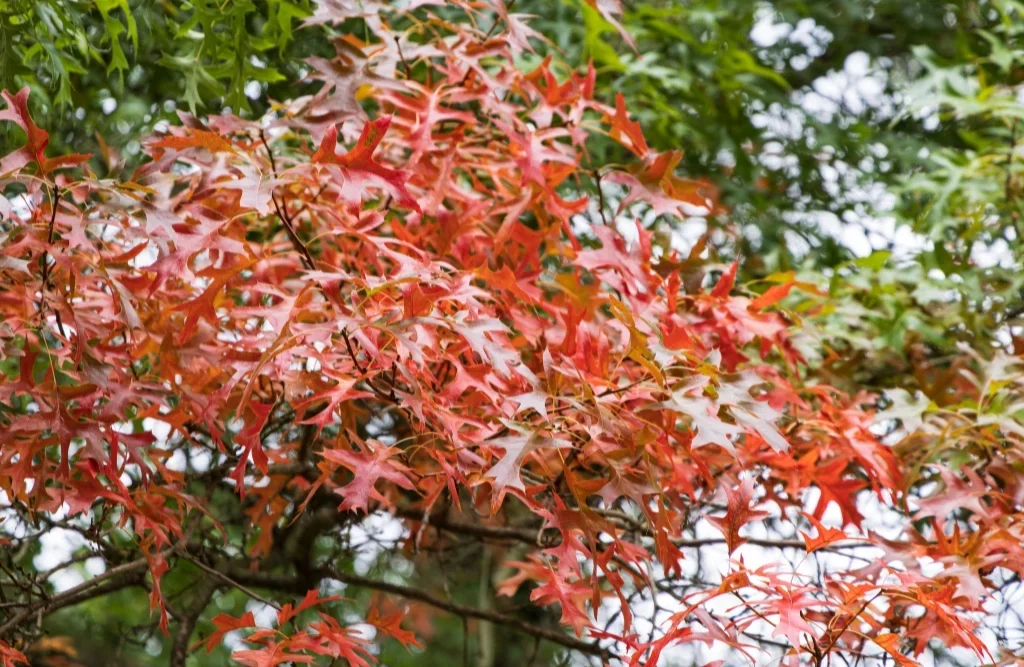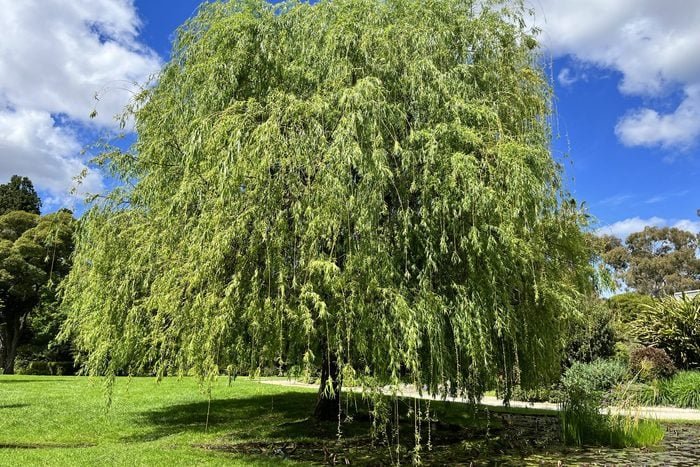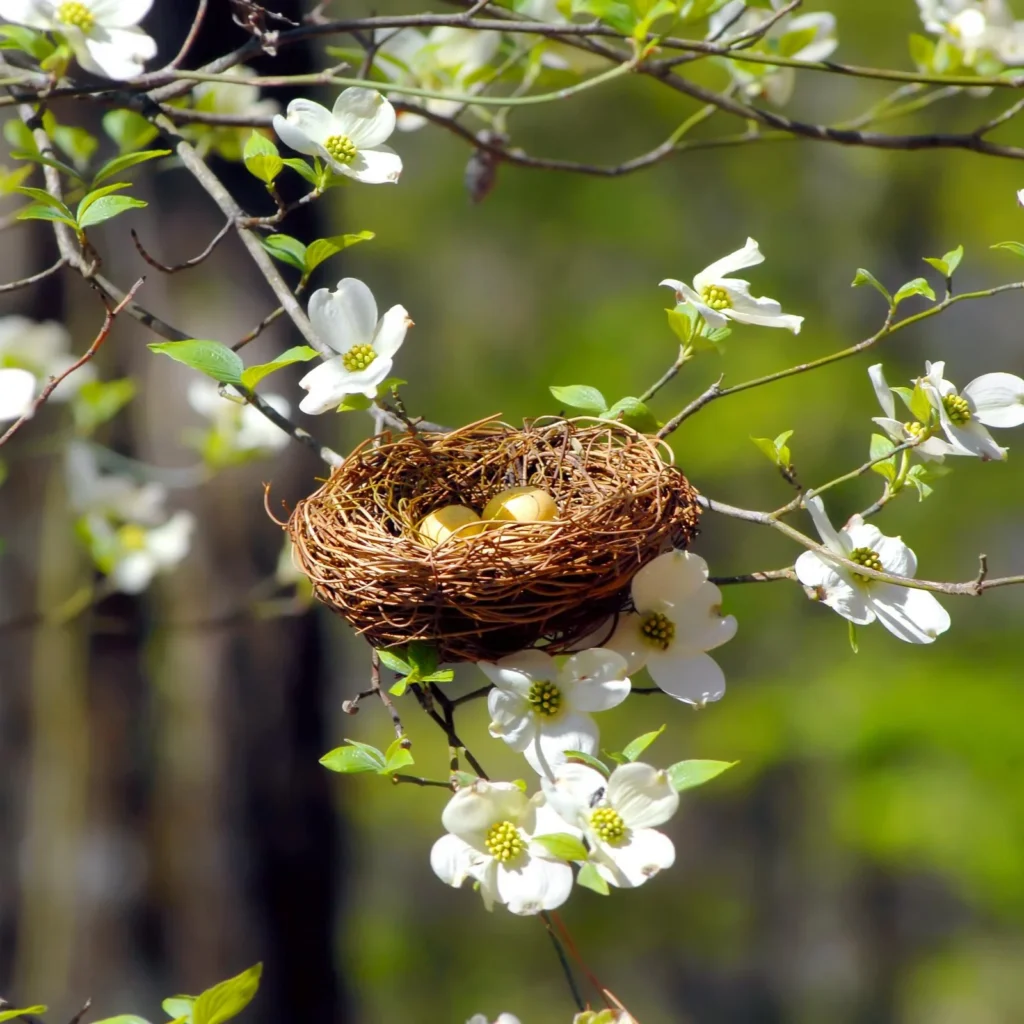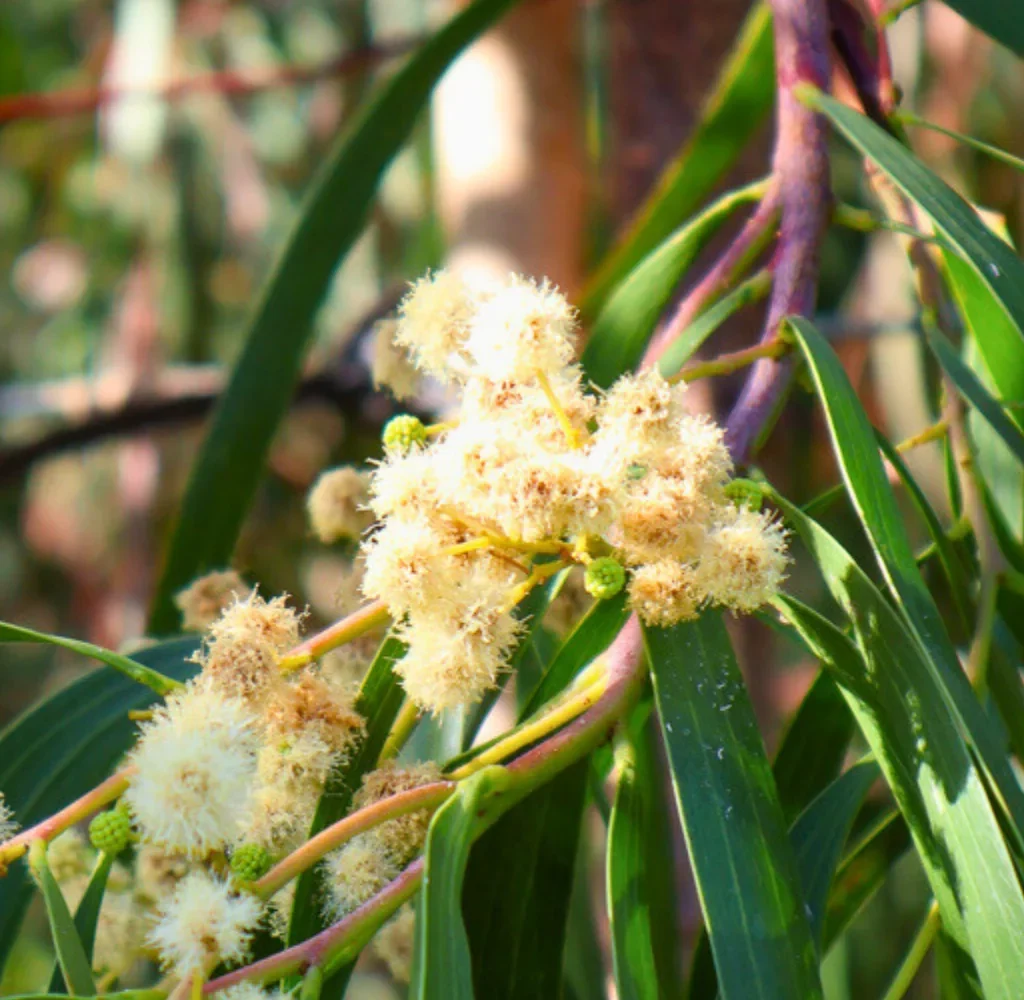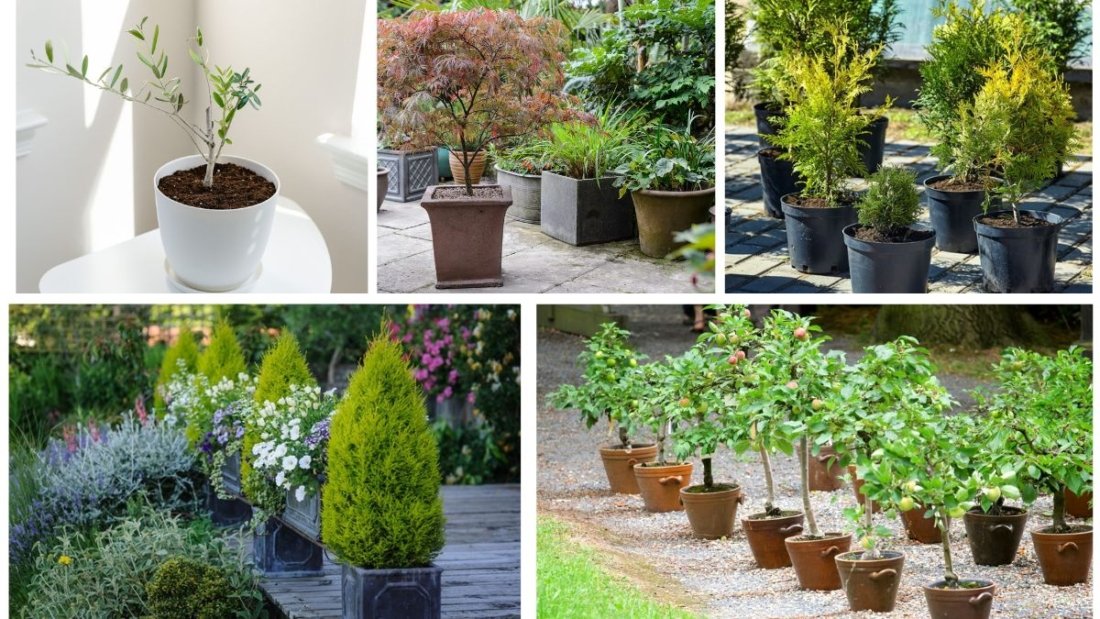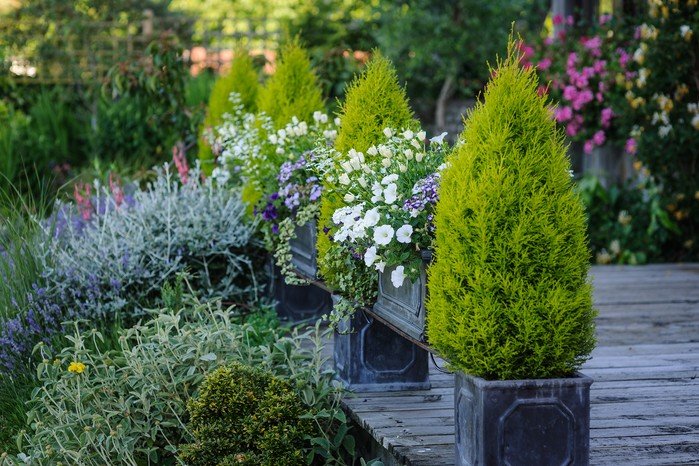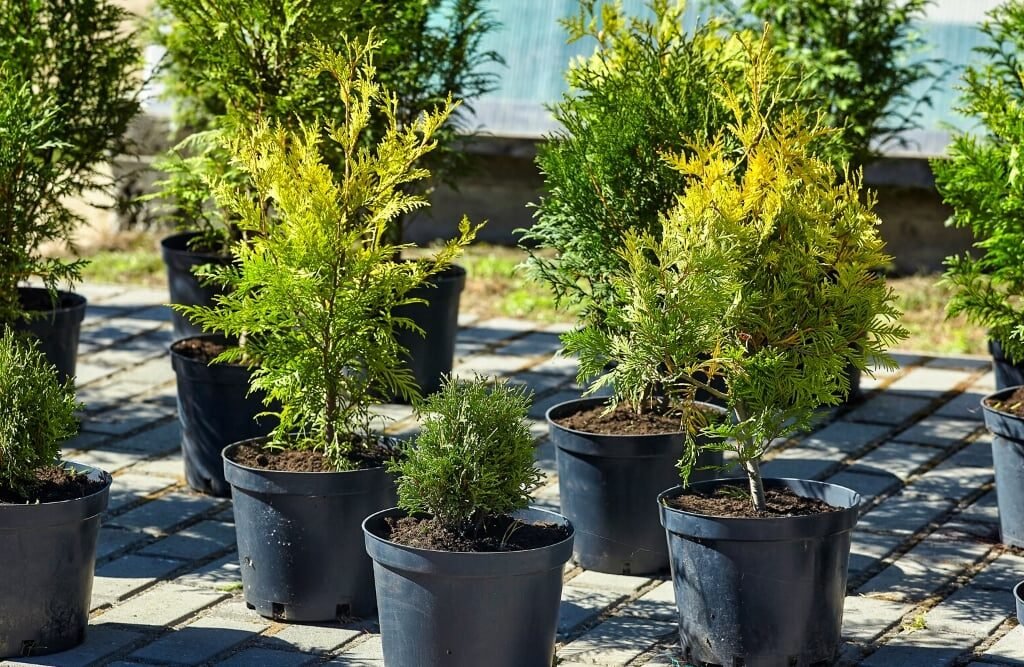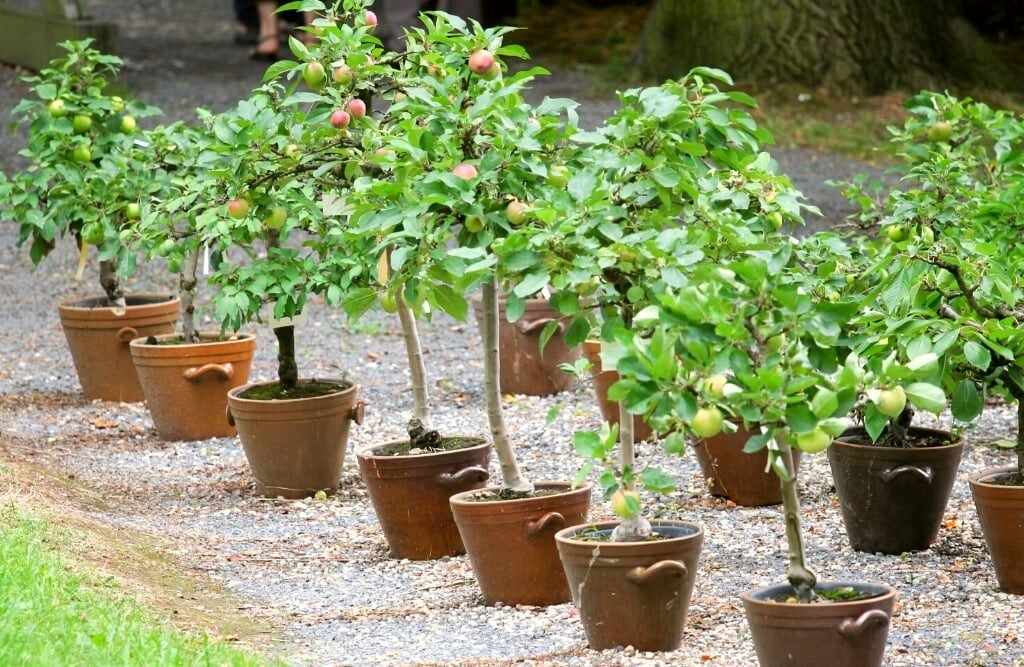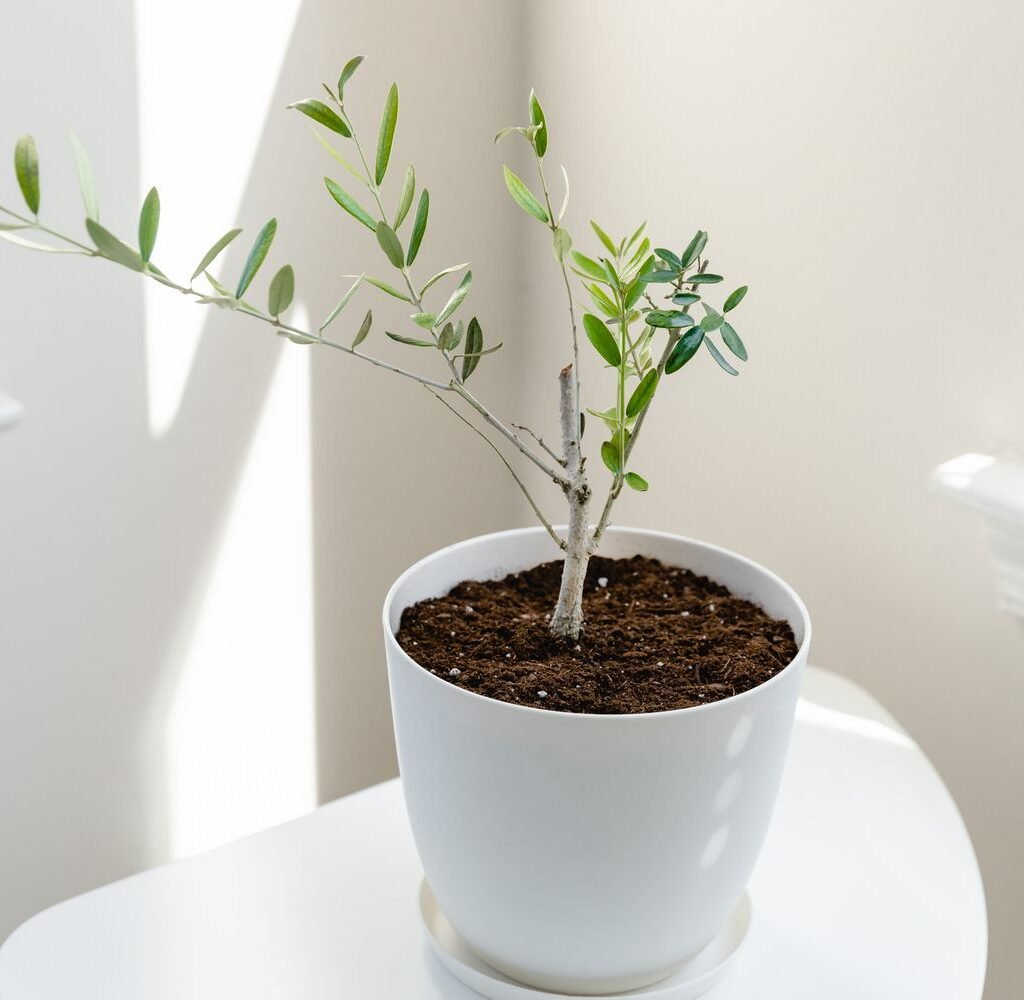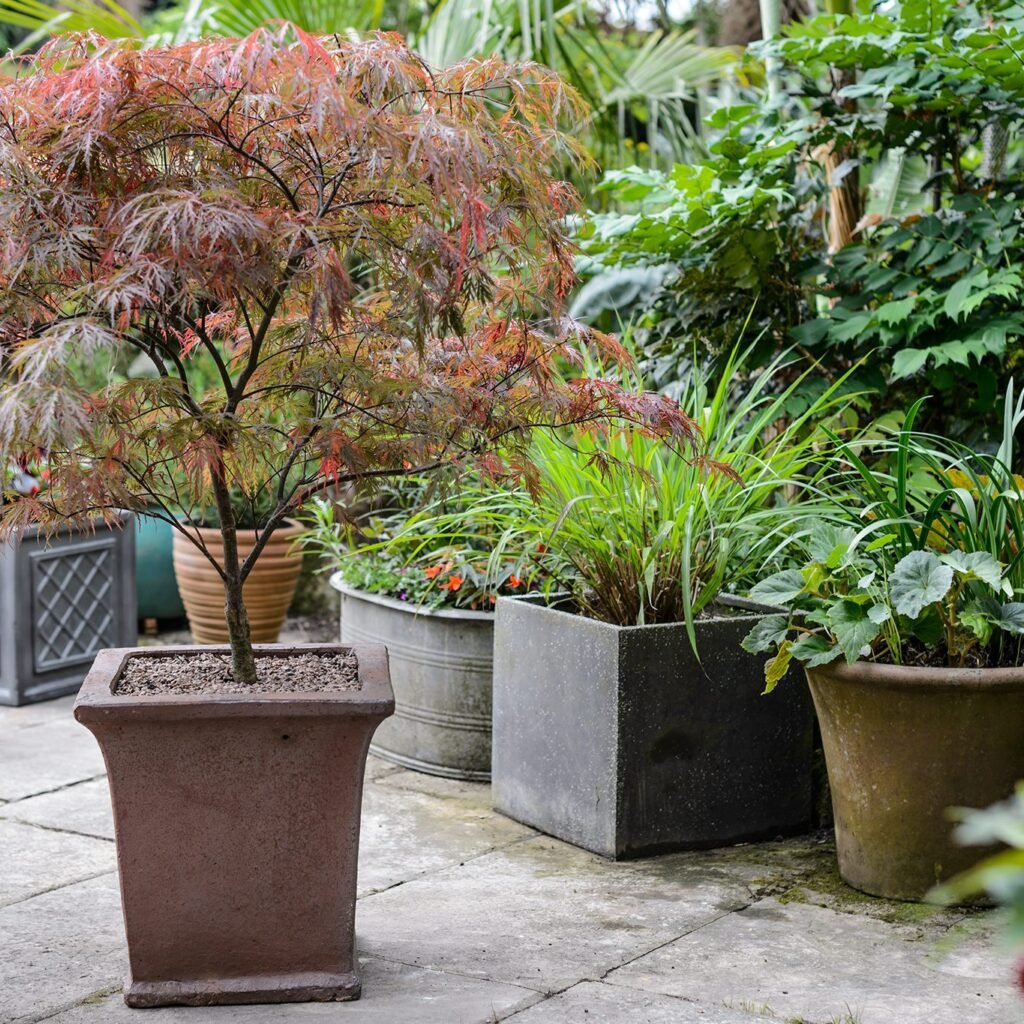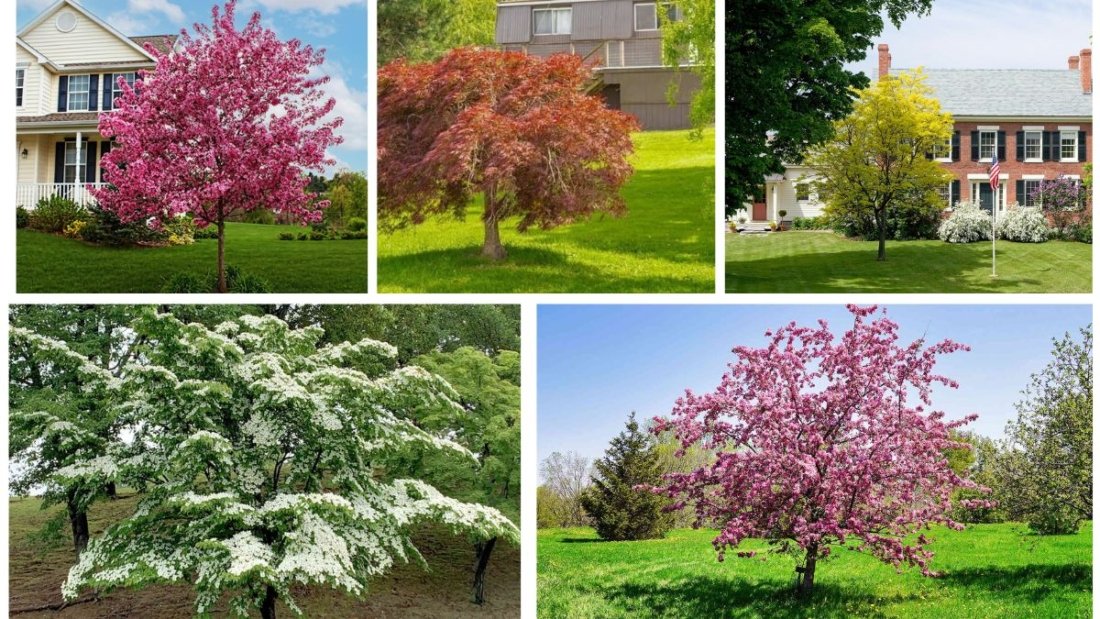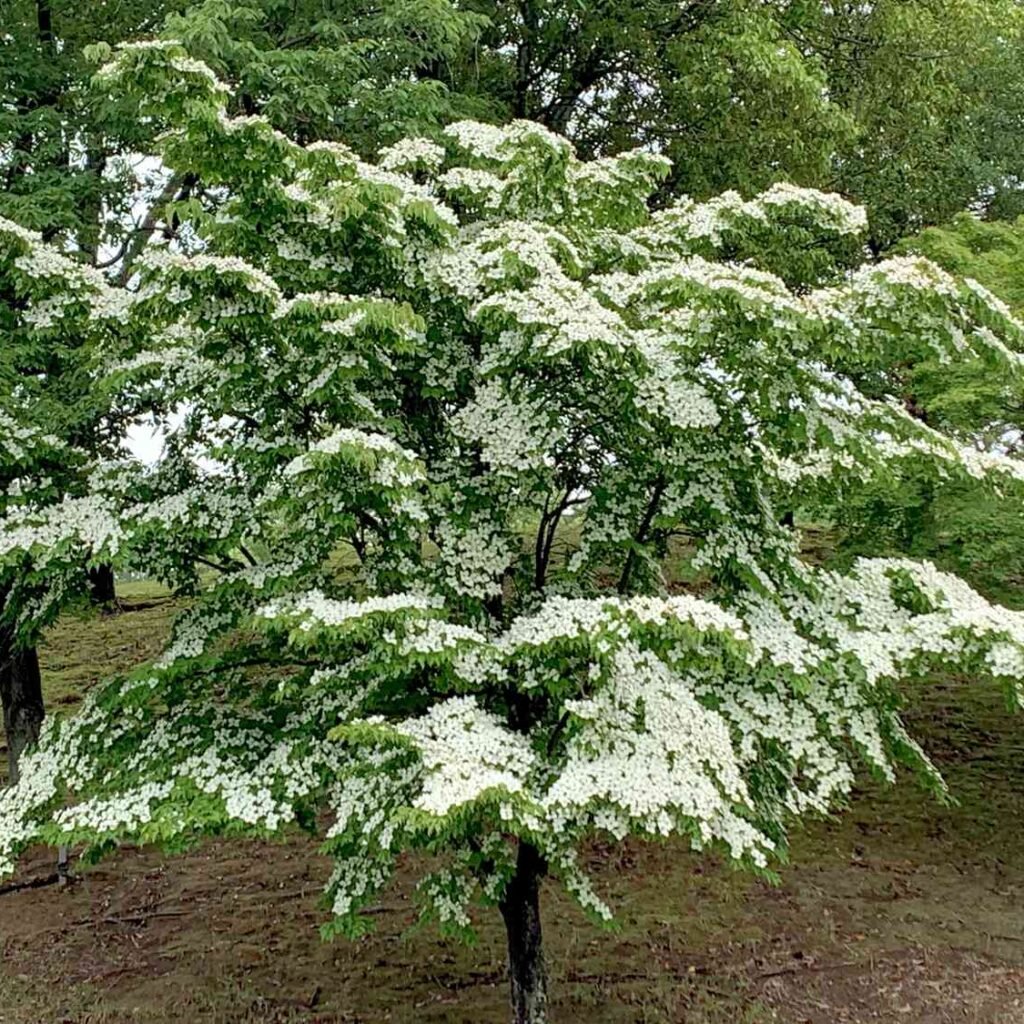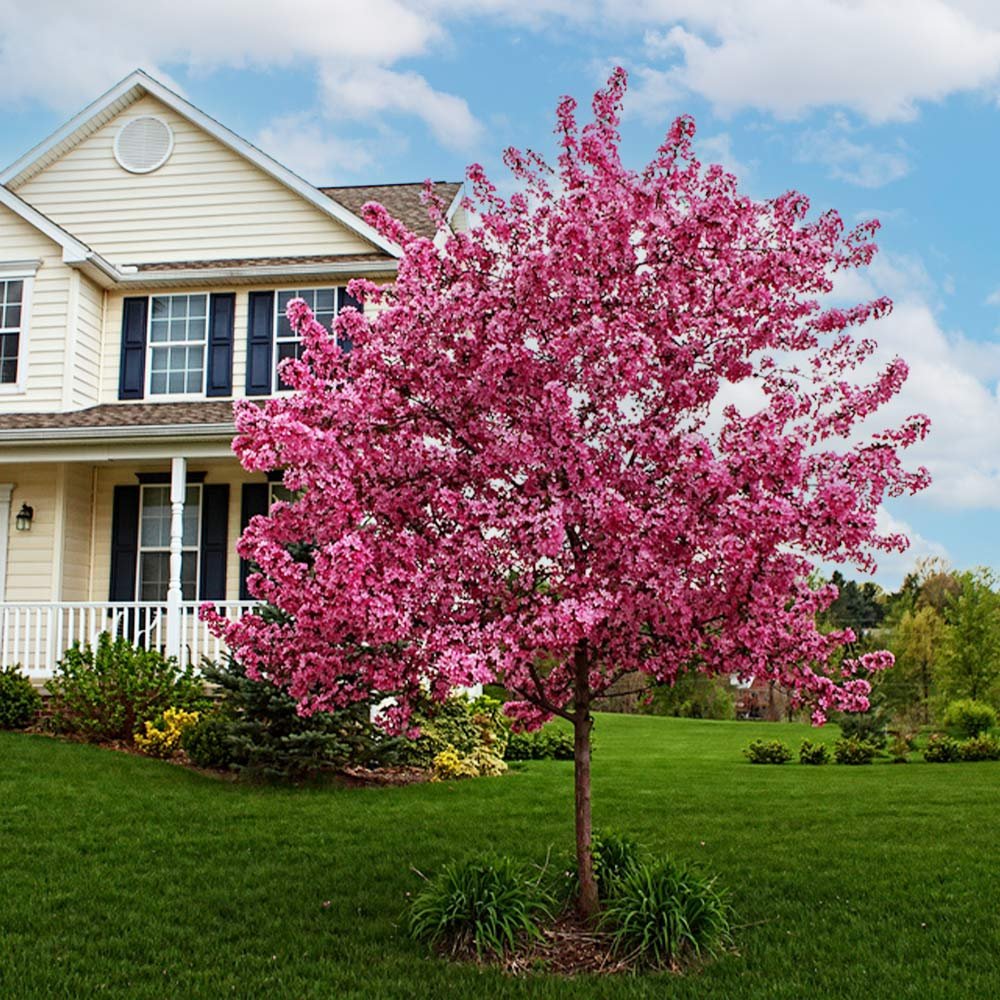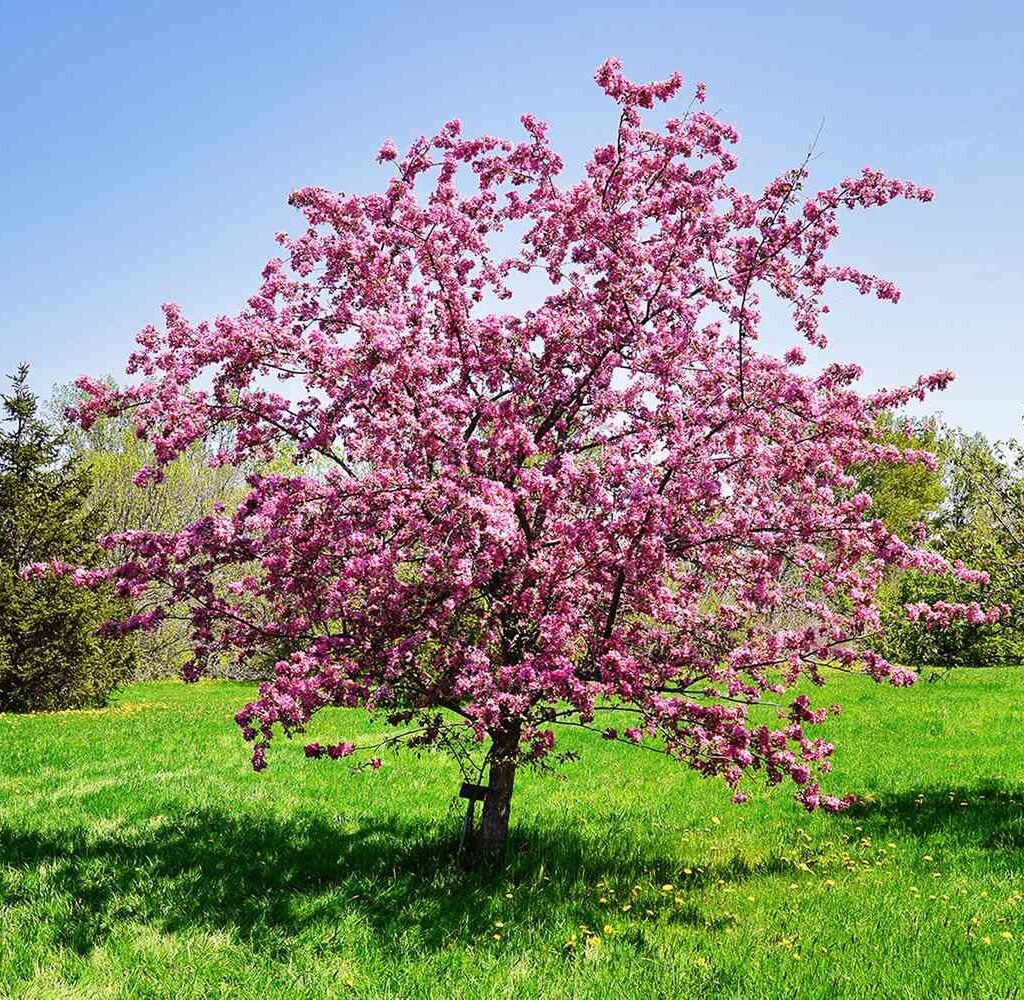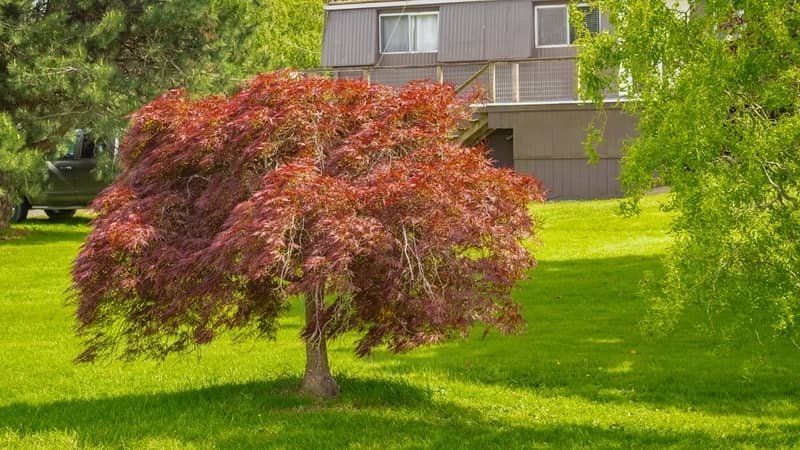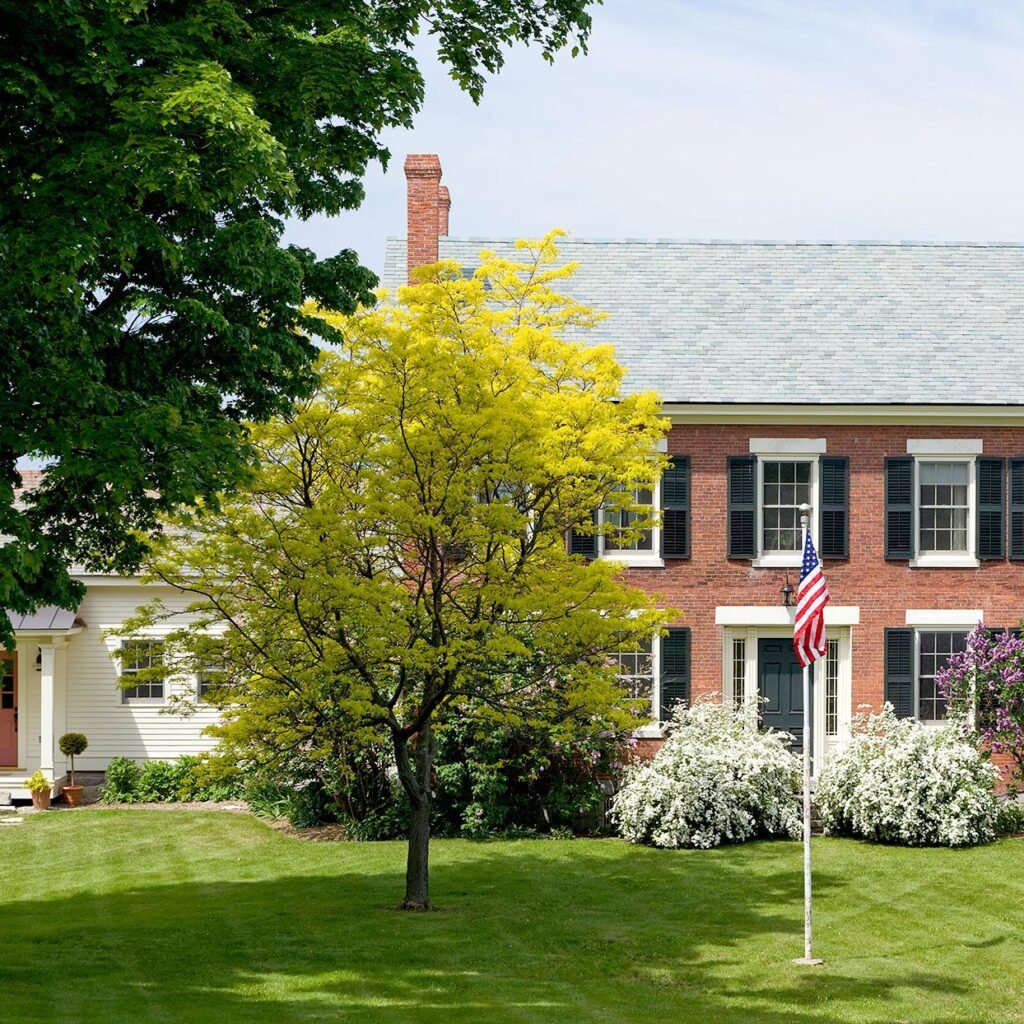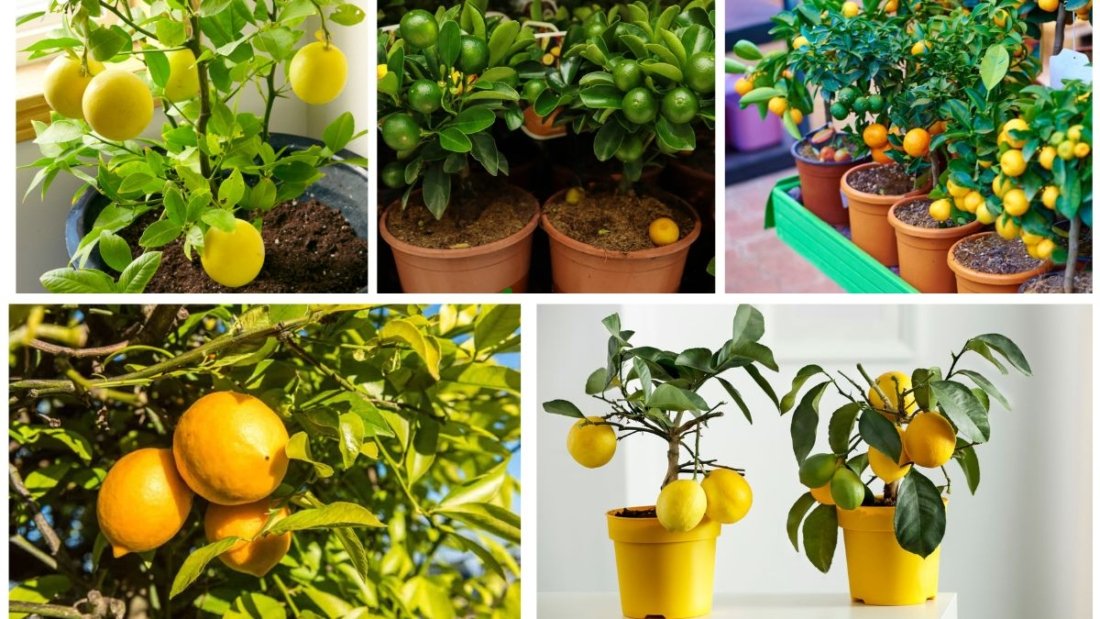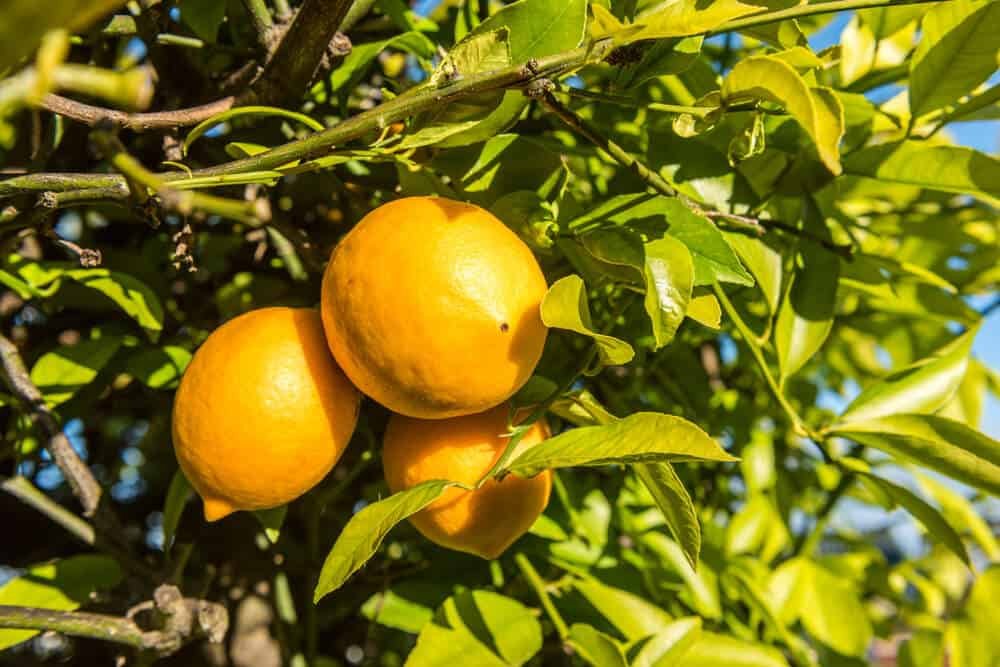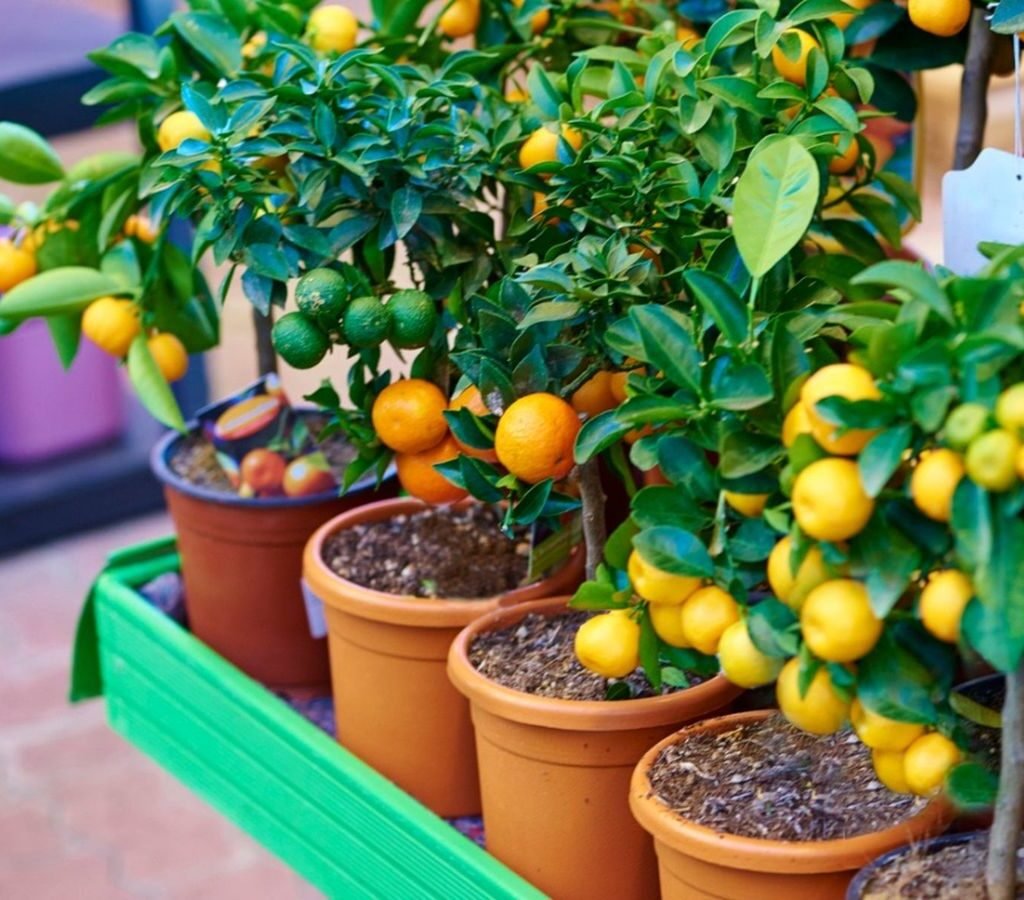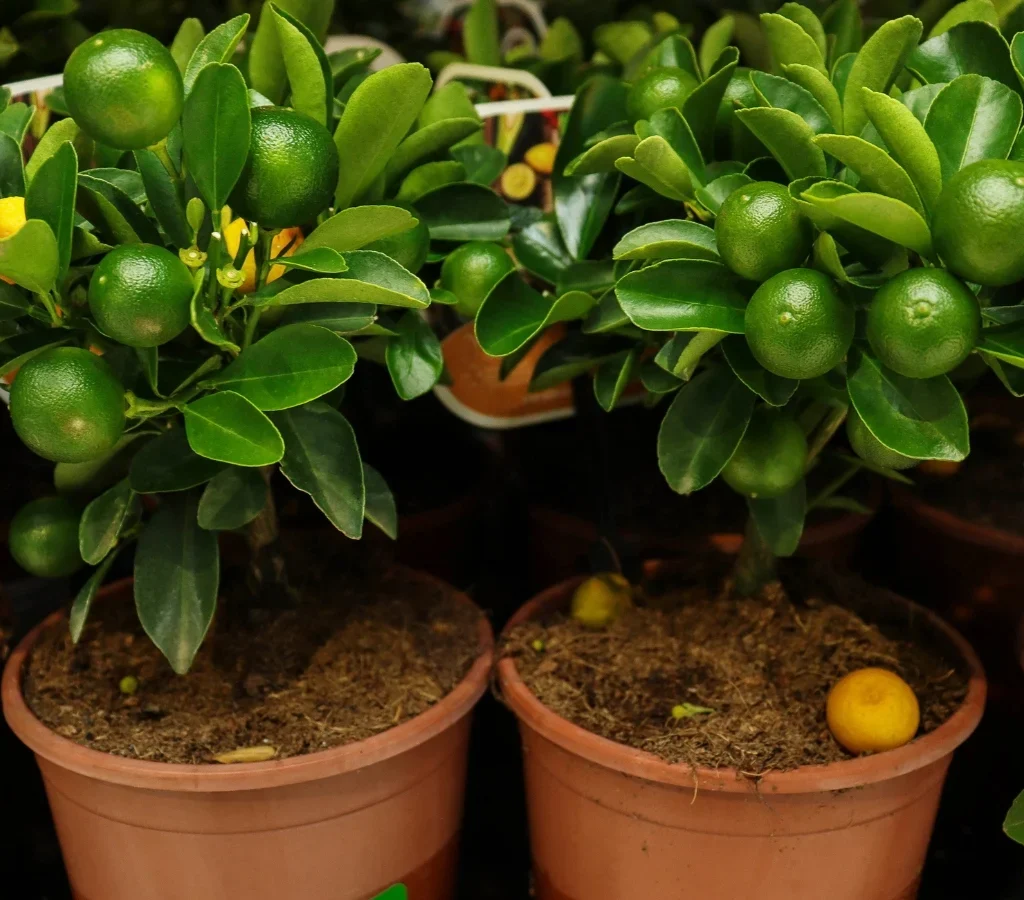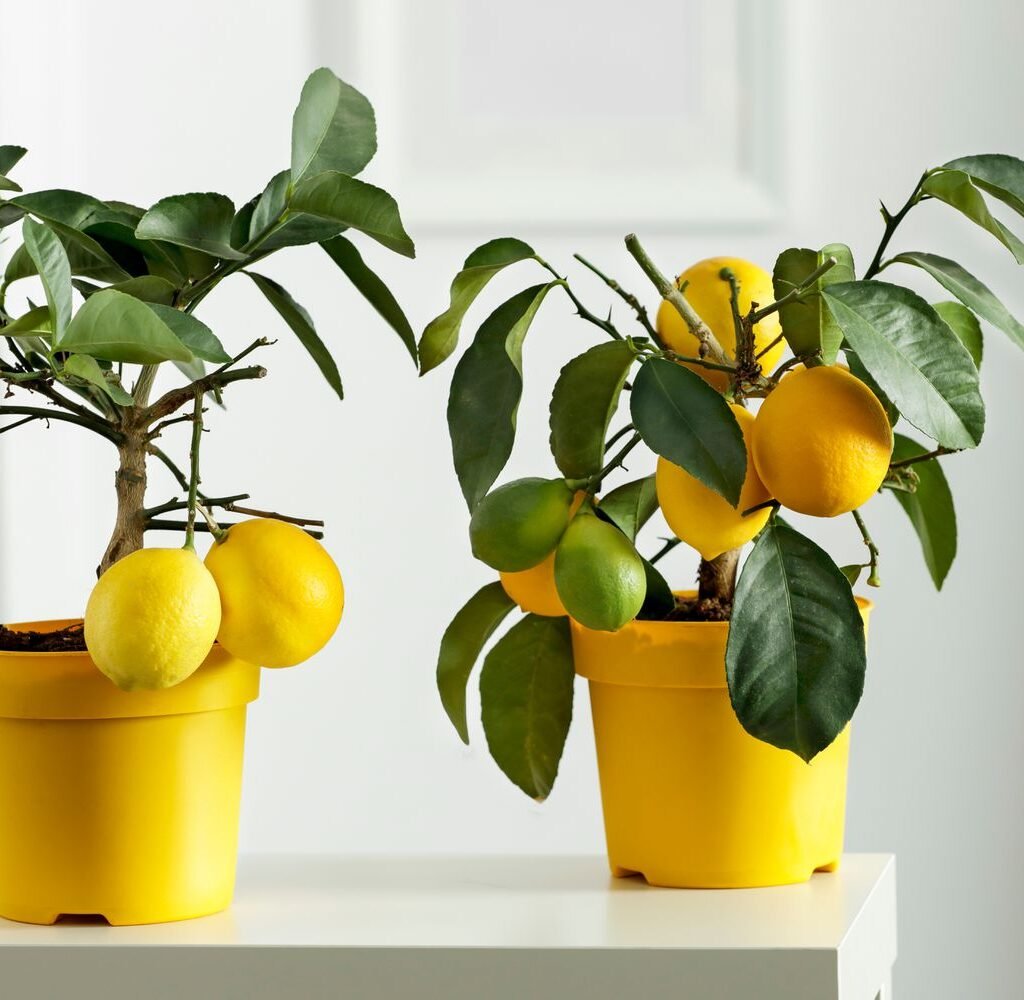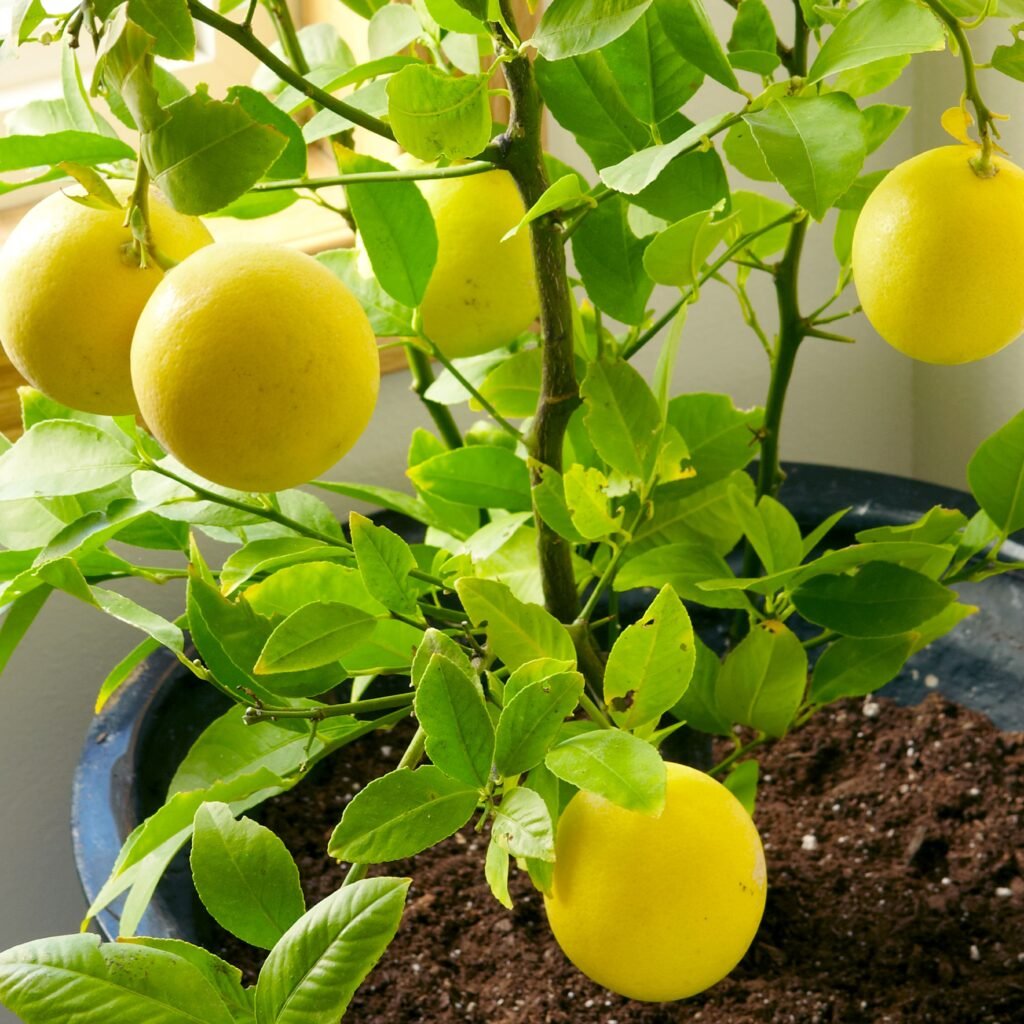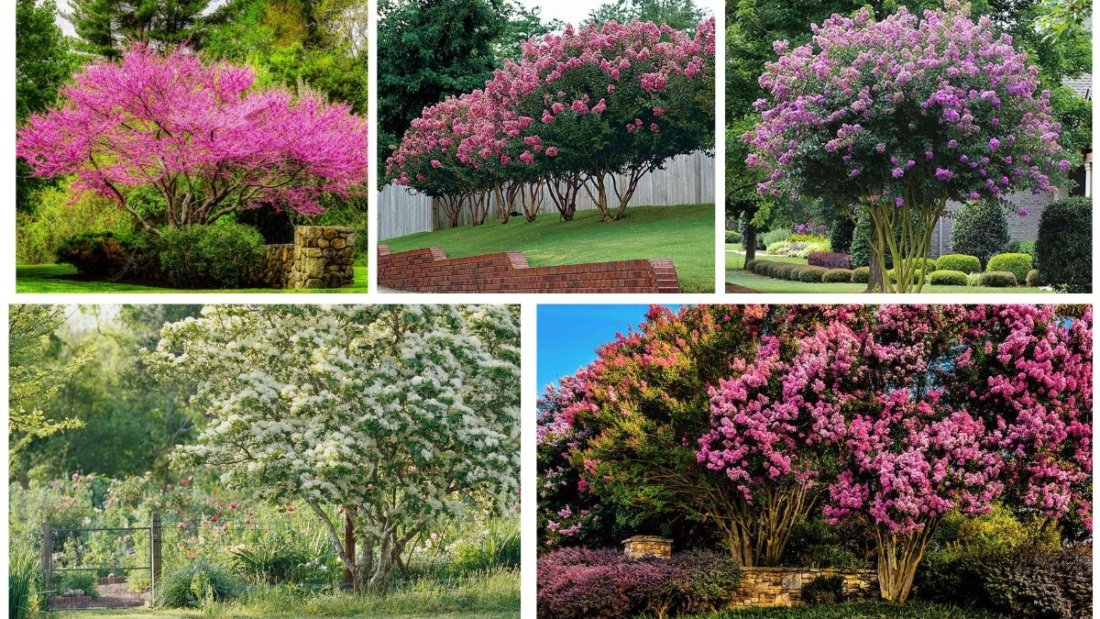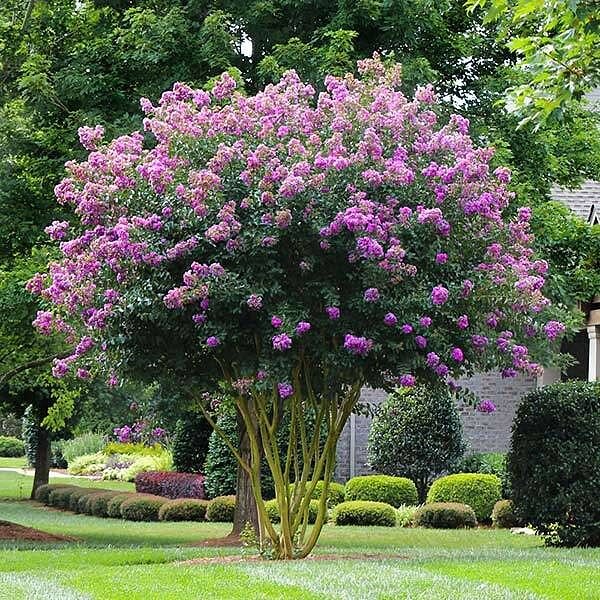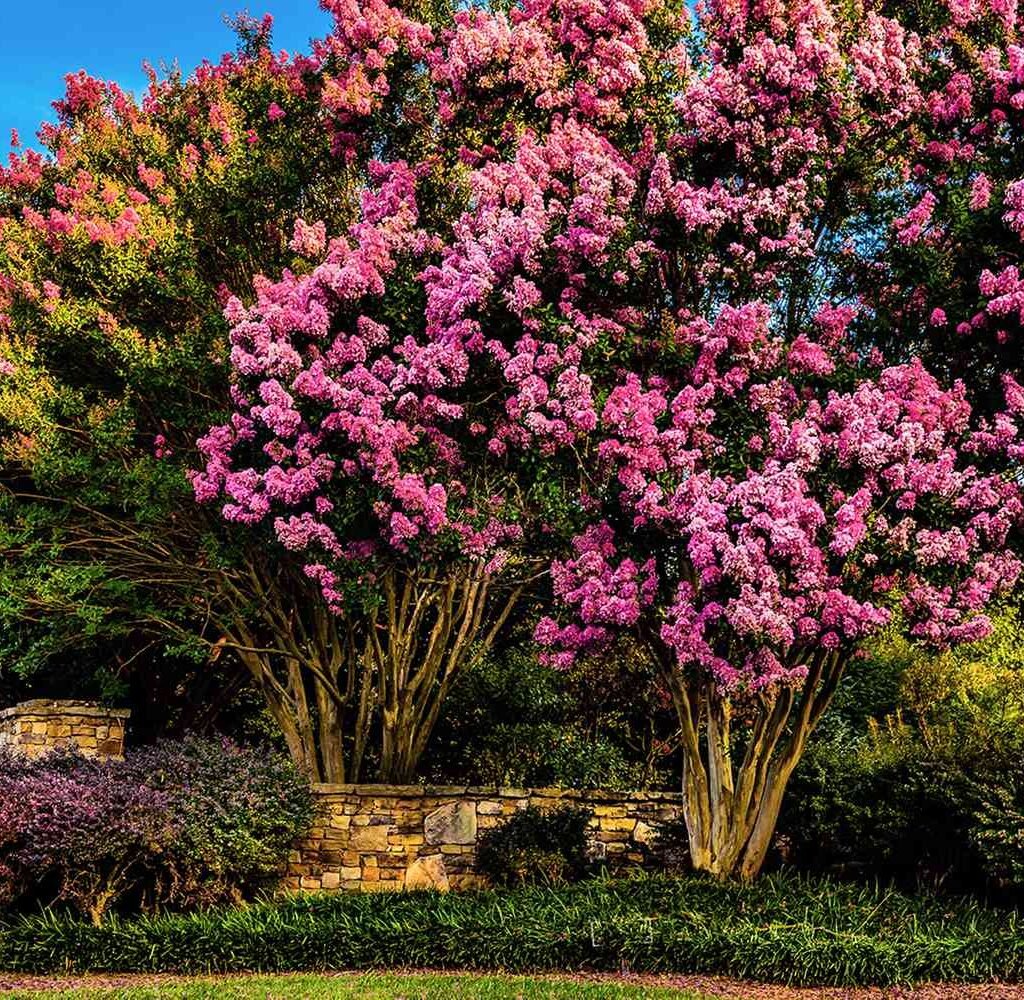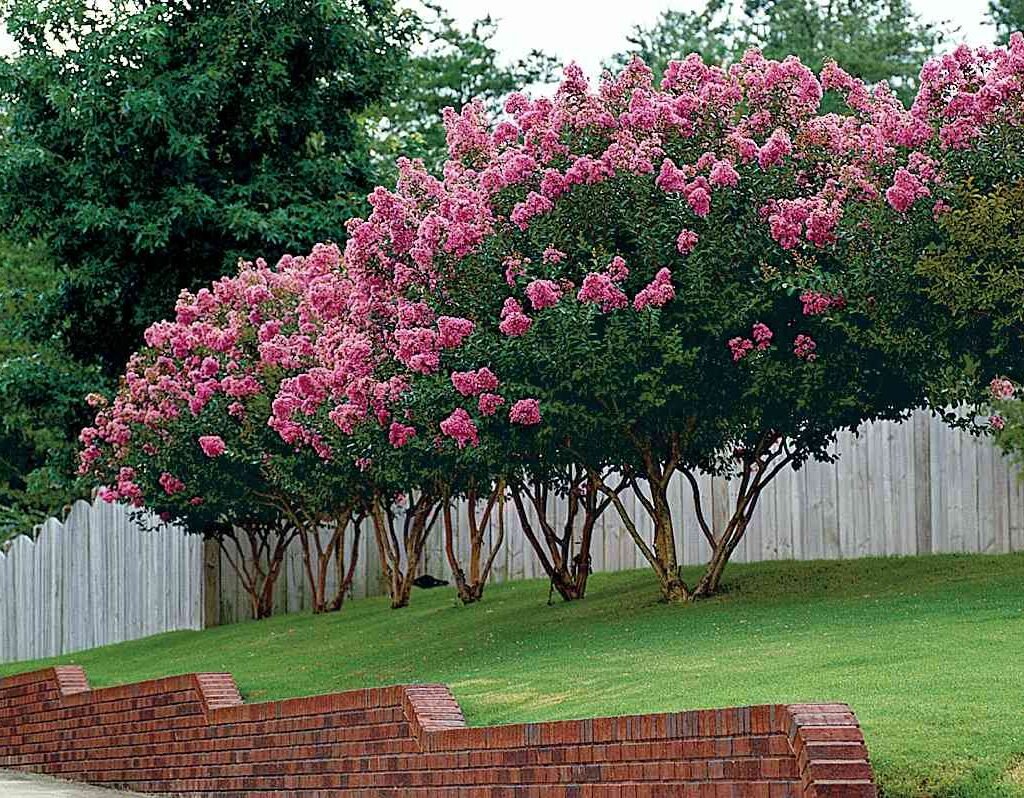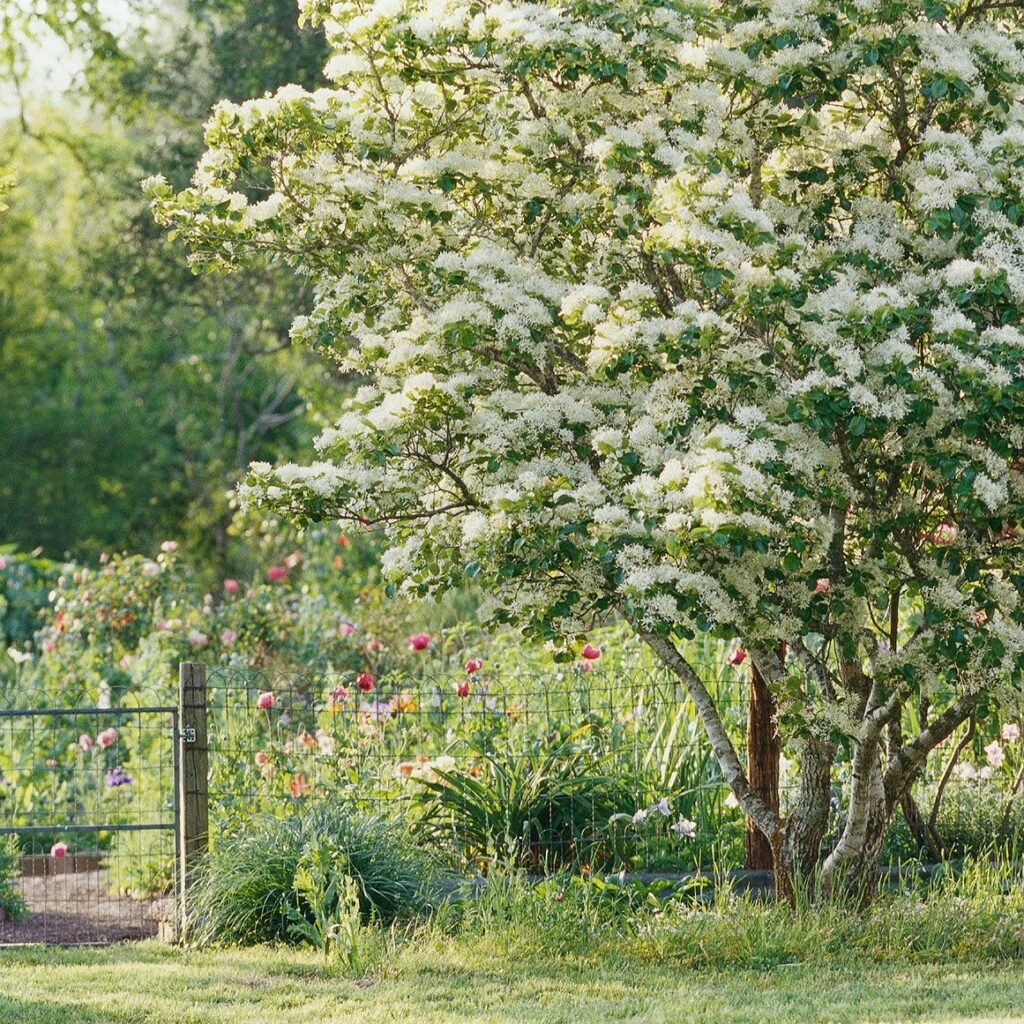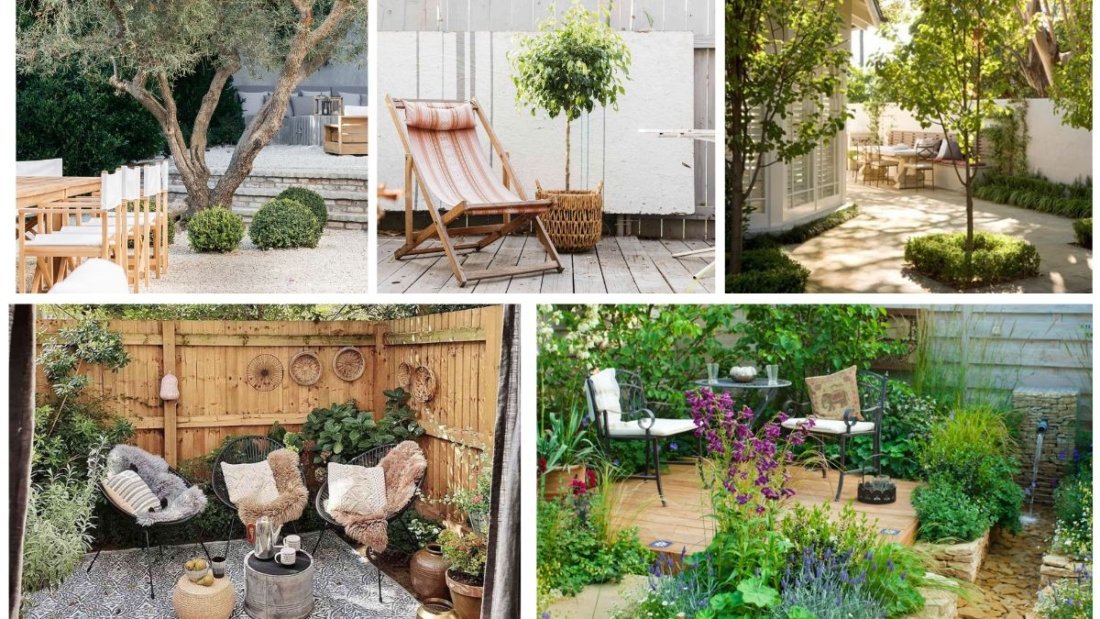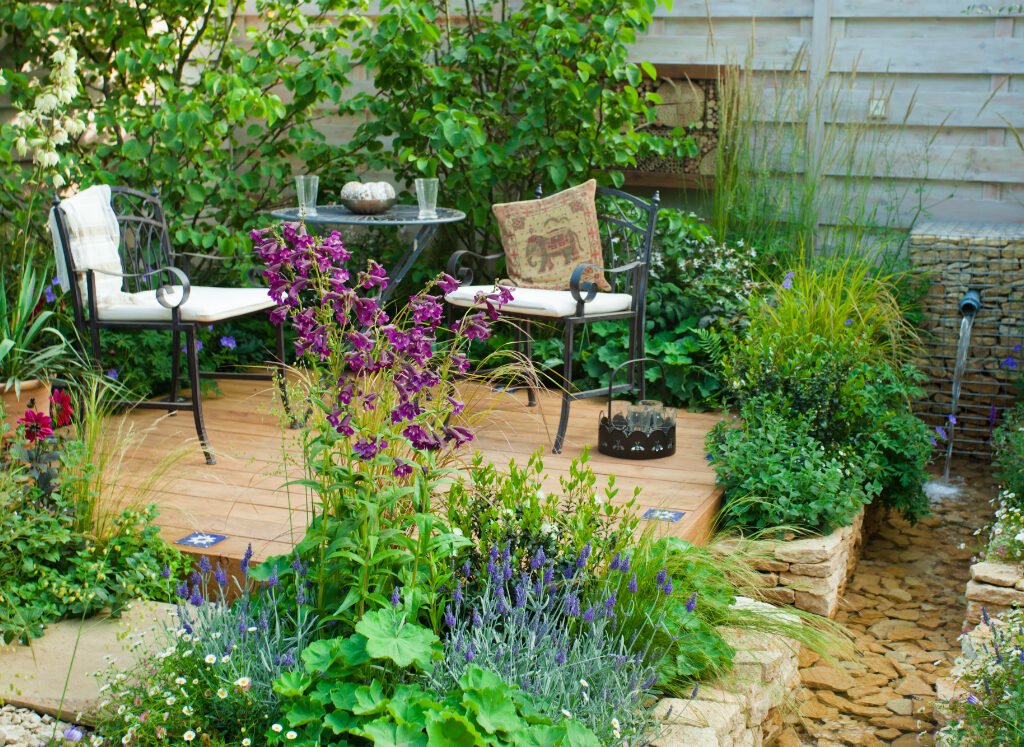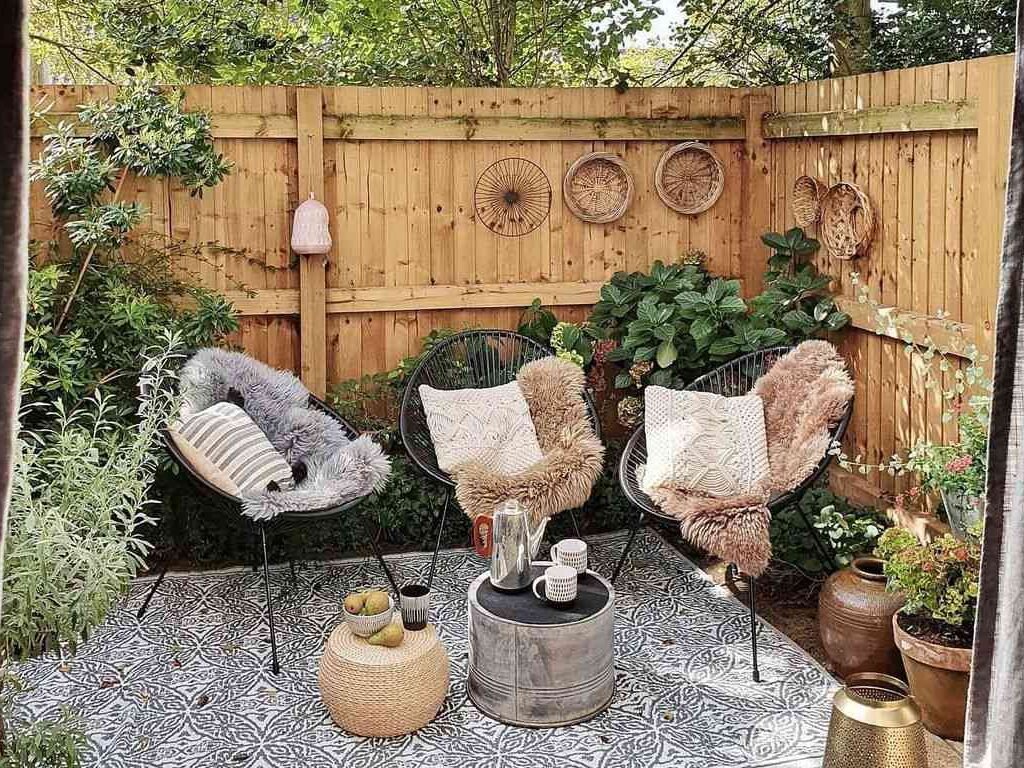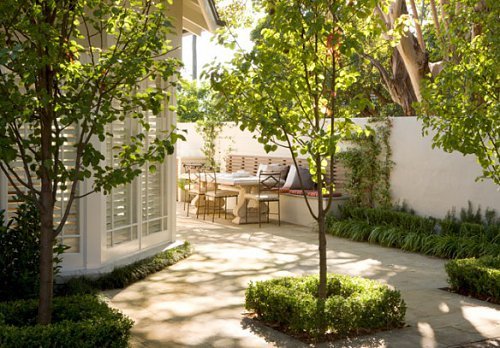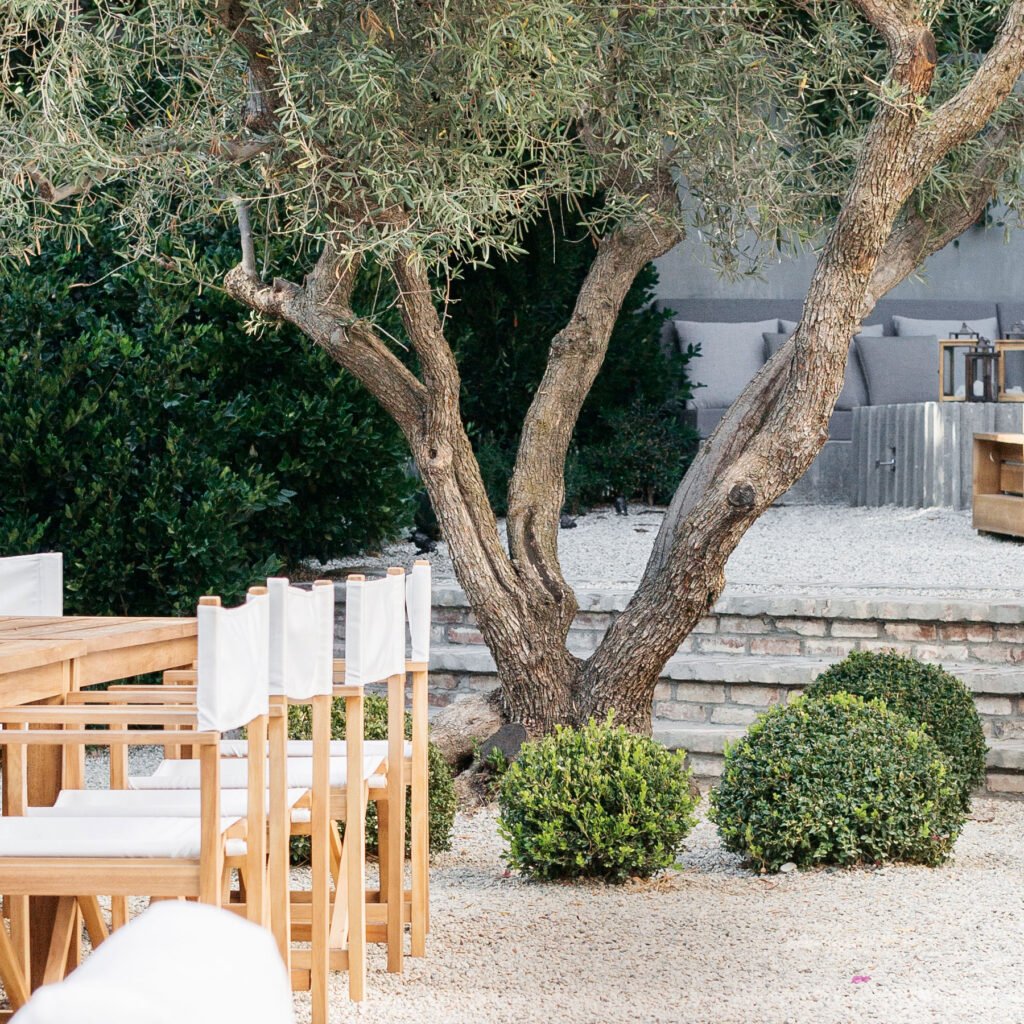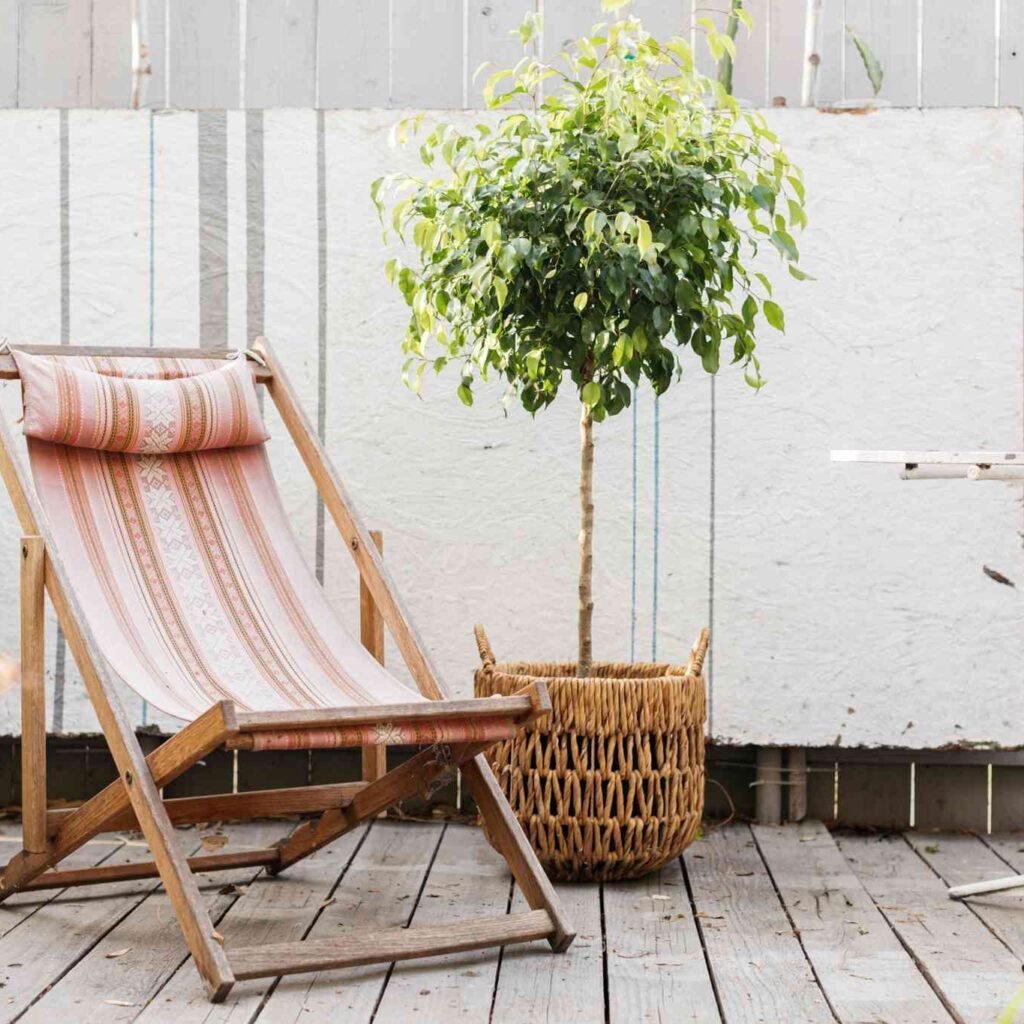Zen gardens, also known as Japanese rock gardens or karesansui, are serene, contemplative spaces designed to inspire calm, mindfulness, and connection with nature. Central to the aesthetic of a Zen garden are miniature trees, which provide structure, balance, and a sense of natural harmony. These compact trees, with their sculptural forms, delicate foliage, and seasonal interest, allow gardeners to create a peaceful, meditative atmosphere even in small spaces.
This article explores the best miniature trees for Zen gardens, their characteristics, placement tips, and how to care for them to ensure year-round beauty and tranquility.
Why Miniature Trees Are Essential for Zen Gardens
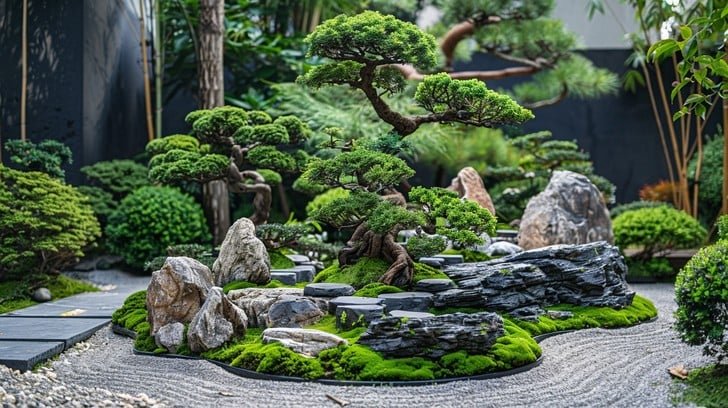
Miniature trees play a crucial role in Zen garden design for several reasons:
- Scale and Proportion: Their small size keeps the garden balanced and intimate.
- Sculptural Appeal: Many miniature trees naturally develop elegant shapes that complement rocks, sand, and water features.
- Seasonal Interest: Flowering, fruiting, and deciduous miniature trees provide year-round variation.
- Mindfulness and Meditation: Pruning, shaping, and caring for miniature trees encourages focus and calm, reinforcing the Zen philosophy.
- Versatility: They can be grown in-ground, raised beds, or containers, making them ideal for gardens of any size.
Top Miniature Trees for Zen Gardens
Choosing the right miniature tree is critical for achieving the desired aesthetic. These trees are typically slow-growing, easy to shape, and resilient.
1. Dwarf Japanese Maple (Acer palmatum ‘Shaina’ or ‘Red Dragon’)
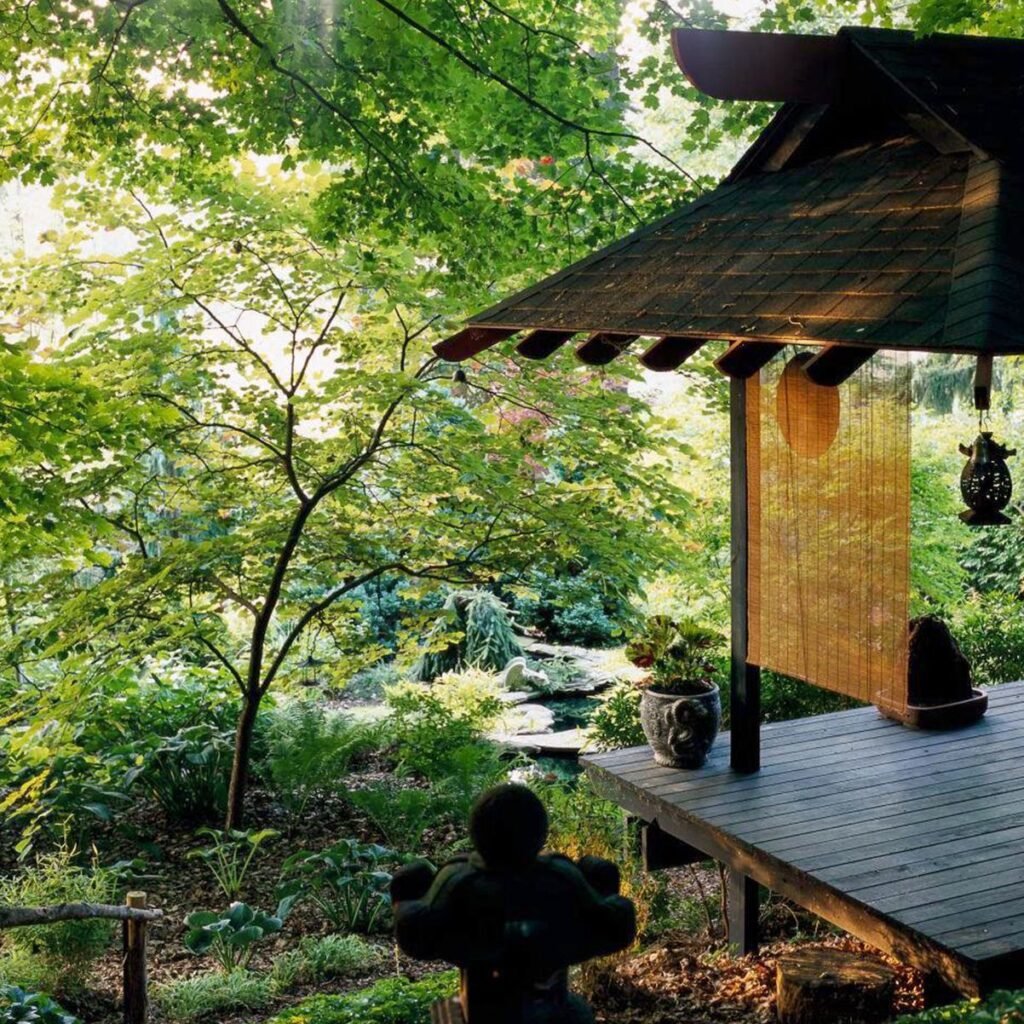
- Height: 3–6 feet
- Features: Delicate, finely cut leaves; stunning fall colors ranging from red to orange.
- Benefits: Compact form, striking seasonal interest, perfect for focal points or corners.
- Care Tips: Partial shade; well-draining soil; protect from strong winds and frost.
2. Dwarf Pine (Pinus mugo or Pinus parviflora varieties)
- Height: 2–6 feet
- Features: Evergreen foliage, textured bark, natural bonsai-like shapes.
- Benefits: Year-round greenery, sculptural interest, easy to shape with pruning.
- Care Tips: Full sun; moderate watering; tolerate cold climates; occasional pruning to maintain form.
3. Dwarf Cherry Blossom (Prunus incisa ‘Kojo-no-mai’)
- Height: 3–5 feet
- Features: Spring blossoms in delicate pink or white; graceful branching.
- Benefits: Adds soft, calming colors in spring; compact size is ideal for Zen garden layouts.
- Care Tips: Full sun to partial shade; well-draining soil; prune lightly after flowering.
4. Boxwood (Buxus sempervirens – dwarf forms)
- Height: 2–5 feet
- Features: Dense, evergreen foliage; can be shaped into balls, spirals, or natural forms.
- Benefits: Excellent for topiary and structure; year-round greenery provides calm consistency.
- Care Tips: Full sun to partial shade; well-draining soil; regular pruning to maintain shape.
5. Dwarf Azalea (Rhododendron spp. compact cultivars)
- Height: 2–4 feet
- Features: Evergreen leaves with vibrant spring flowers; naturally compact growth.
- Benefits: Adds seasonal color; supports layered garden design in Zen gardens.
- Care Tips: Partial shade; acidic, well-draining soil; moderate watering.
6. Juniper (Juniperus procumbens ‘Nana’ or dwarf varieties)
- Height: 1–3 feet
- Features: Low-growing, spreading evergreen; textured needles; easy to shape.
- Benefits: Ideal for ground-level coverage and bonsai-style planting; complements rocks and sand.
- Care Tips: Full sun; drought-tolerant; prune lightly to maintain shape.
7. Dwarf Crabapple (Malus spp. compact forms)
- Height: 4–6 feet
- Features: Spring blossoms, small edible fruit, and autumn foliage color.
- Benefits: Multi-season interest; supports pollinators; compact enough for small Zen garden corners.
- Care Tips: Full sun; well-draining soil; prune after flowering.
8. Dwarf Spruce (Picea glauca ‘Conica’ or ‘Dwarf Alberta Spruce’)
- Height: 4–8 feet
- Features: Conical, compact evergreen; dense foliage.
- Benefits: Provides vertical structure and year-round greenery; slow-growing and low-maintenance.
- Care Tips: Full sun; minimal pruning; protect from heavy snow load.
9. Camellia japonica (Dwarf varieties)
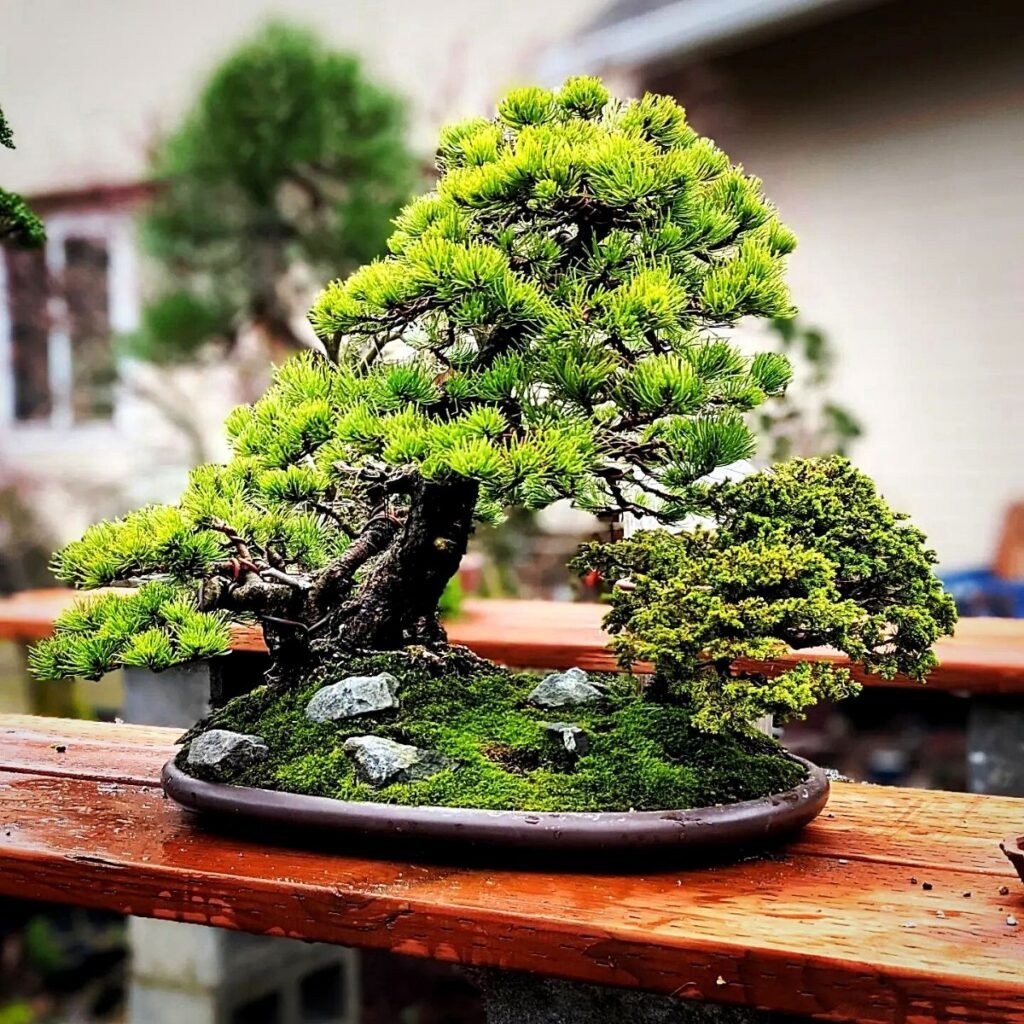
- Height: 3–5 feet
- Features: Glossy evergreen leaves; winter or early spring blooms in red, pink, or white.
- Benefits: Adds late-season color and fragrance; complements other miniature trees.
- Care Tips: Partial shade; acidic, well-draining soil; protect from frost and strong winds.
10. Dwarf Japanese Holly (Ilex crenata – compact forms)
- Height: 2–4 feet
- Features: Dense, small leaves; slow-growing; evergreen.
- Benefits: Excellent for topiary, edging, or shaping around rocks; provides structure and greenery year-round.
- Care Tips: Full sun to partial shade; prune lightly; well-draining soil.
Placement and Design Tips for Zen Gardens
To create a Zen garden with miniature trees:
1. Focus on Balance and Harmony
- Place trees asymmetrically for natural flow.
- Combine vertical elements (trees) with horizontal elements (rocks, sand, moss).
2. Layer Heights and Textures
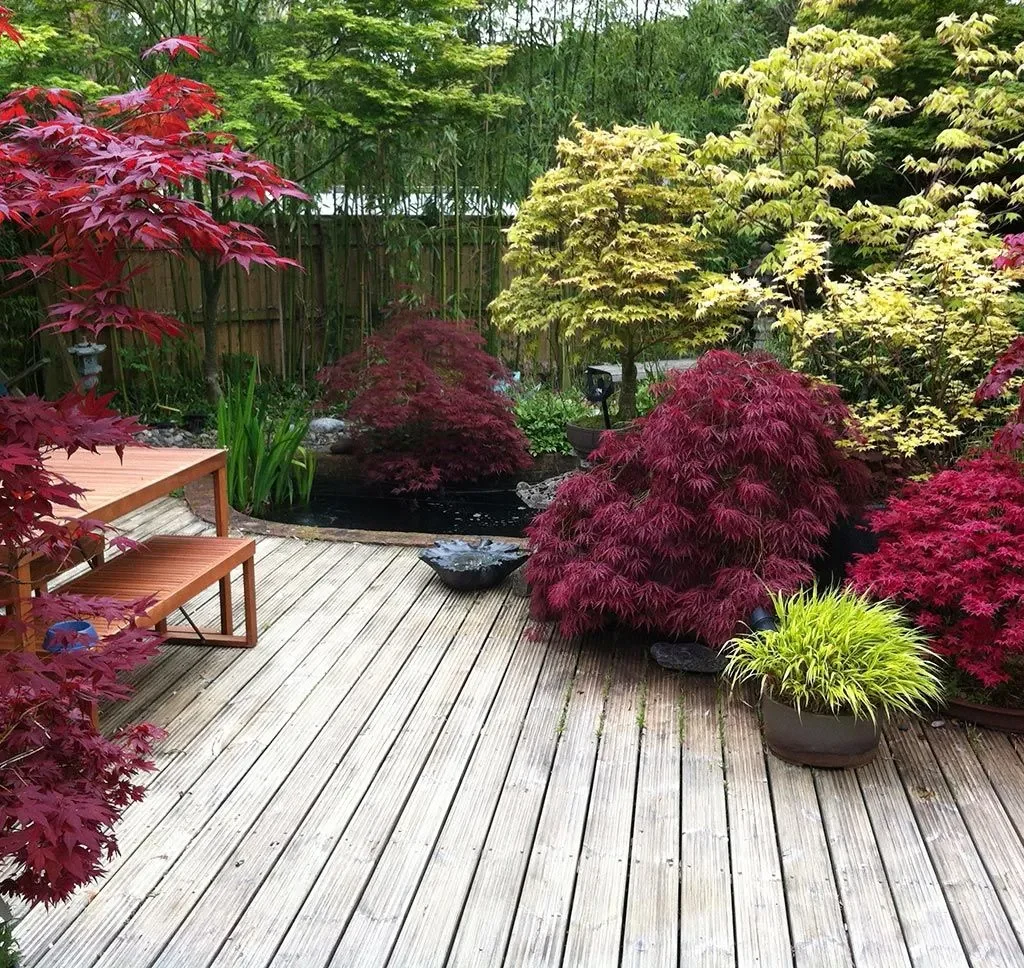
- Use low-growing evergreens like dwarf juniper in the foreground.
- Medium trees like dwarf maple or azalea add mid-level interest.
- Taller miniature trees provide vertical accents.
3. Complementary Elements
- Incorporate sand, gravel, or moss for ground texture.
- Rocks can act as natural supports or focal points near trees.
- Water features, lanterns, or stepping stones enhance the contemplative atmosphere.
4. Seasonal Interest
- Mix evergreen and deciduous miniature trees to maintain year-round appeal.
- Include flowering trees like dwarf cherry or azalea for seasonal pops of color.
5. Pruning and Shaping
- Regular pruning is essential to maintain size, shape, and aesthetics.
- Prune dead or crossing branches to improve airflow and health.
- Bonsai-style shaping enhances sculptural appeal and reinforces the Zen theme.
Care Tips for Miniature Trees in Zen Gardens
- Watering: Adjust based on species; most miniature trees prefer moderate moisture.
- Soil: Well-draining soil is critical to prevent root rot.
- Sunlight: Choose trees according to sunlight availability; partial shade or full sun depending on species.
- Fertilization: Apply slow-release fertilizer during the growing season.
- Pest Control: Monitor for pests and diseases; maintain cleanliness and prune damaged foliage.
Benefits of Miniature Trees in Zen Gardens
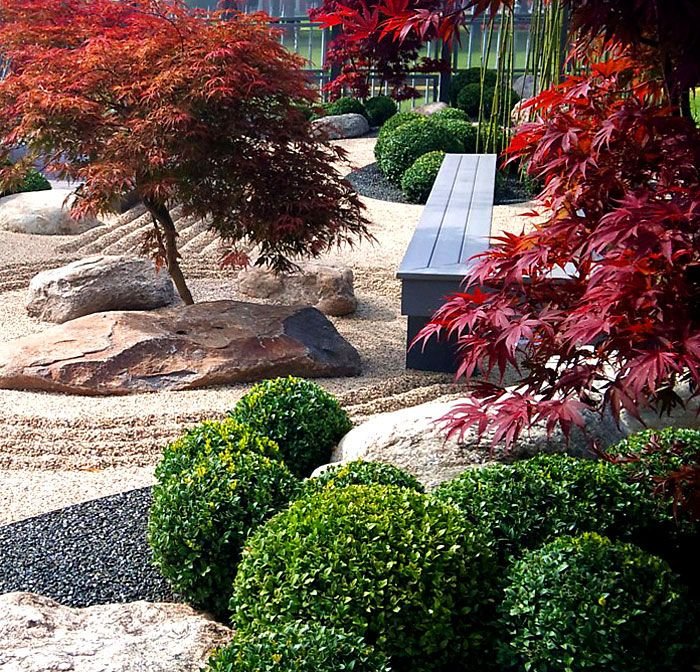
- Meditative Qualities: Pruning and shaping miniature trees fosters mindfulness and focus.
- Aesthetic Harmony: Provides structure, texture, and visual balance.
- Compact and Versatile: Ideal for patios, courtyards, or small urban gardens.
- Seasonal Variation: Offers color, fragrance, and interest across all seasons.
- Environmental Contribution: Supports local pollinators and enhances air quality.
Conclusion
Miniature trees are the heart of a Zen garden, offering beauty, balance, and serenity in a compact form. From the delicate red foliage of dwarf Japanese maple to the evergreen elegance of dwarf spruce or juniper, these trees provide year-round structure and seasonal interest.
By selecting appropriate species, carefully placing them within the garden, and maintaining them with mindful pruning and care, gardeners can create a tranquil Zen environment. These small trees not only elevate the aesthetic of a garden but also encourage meditation, relaxation, and a closer connection to nature.
In essence, miniature trees allow even the smallest outdoor spaces to become peaceful retreats where every element—stone, sand, water, and foliage—works in harmony, reflecting the timeless principles of Zen design.
